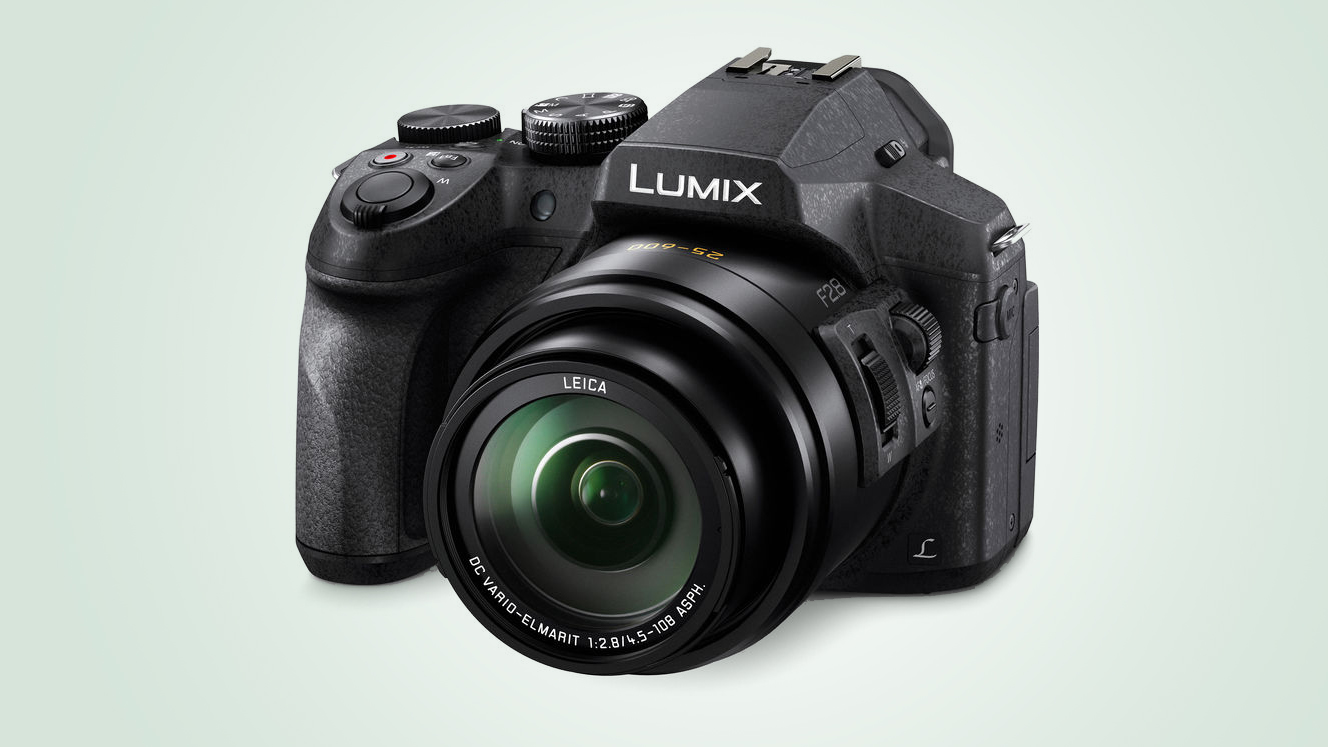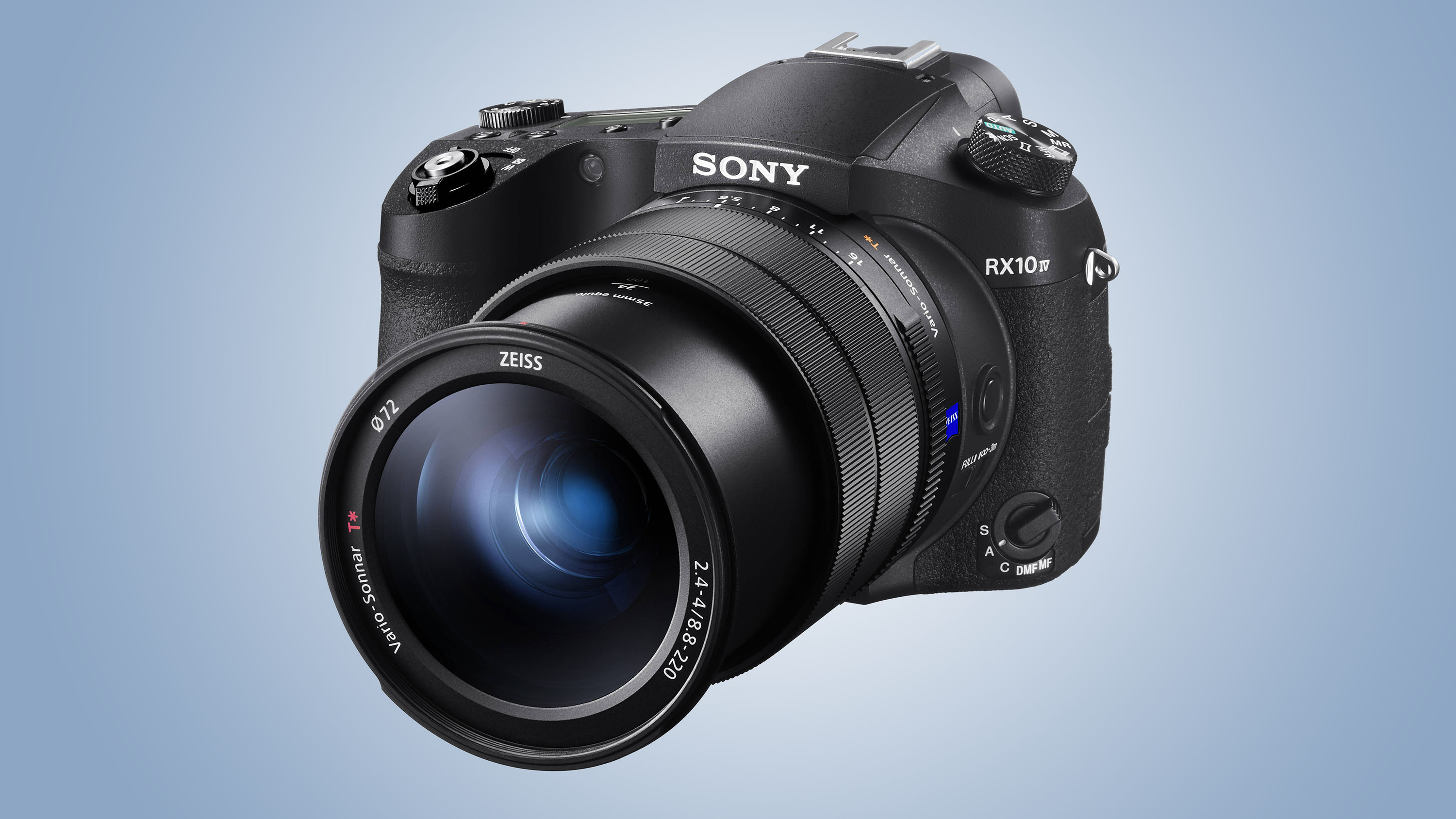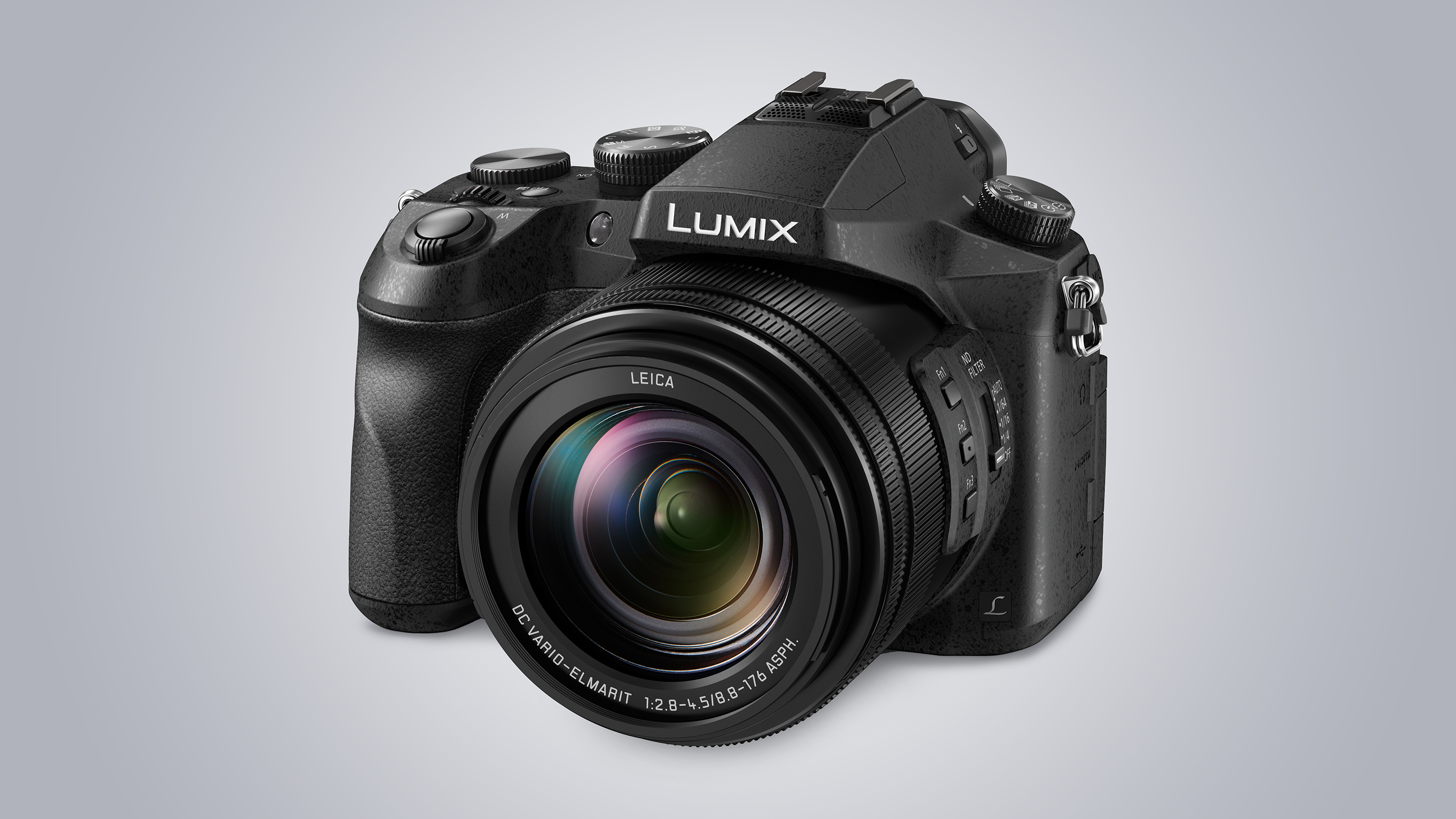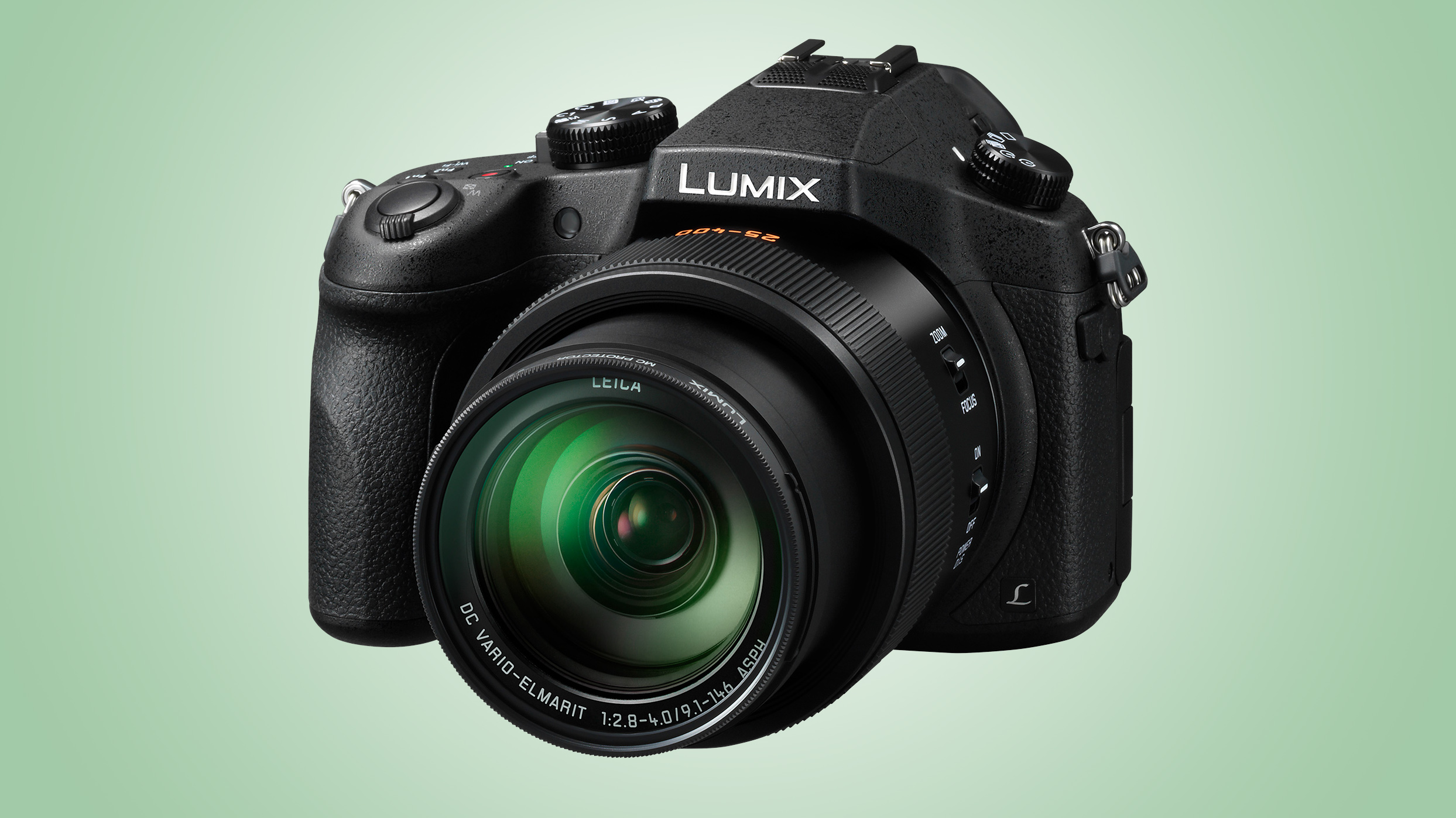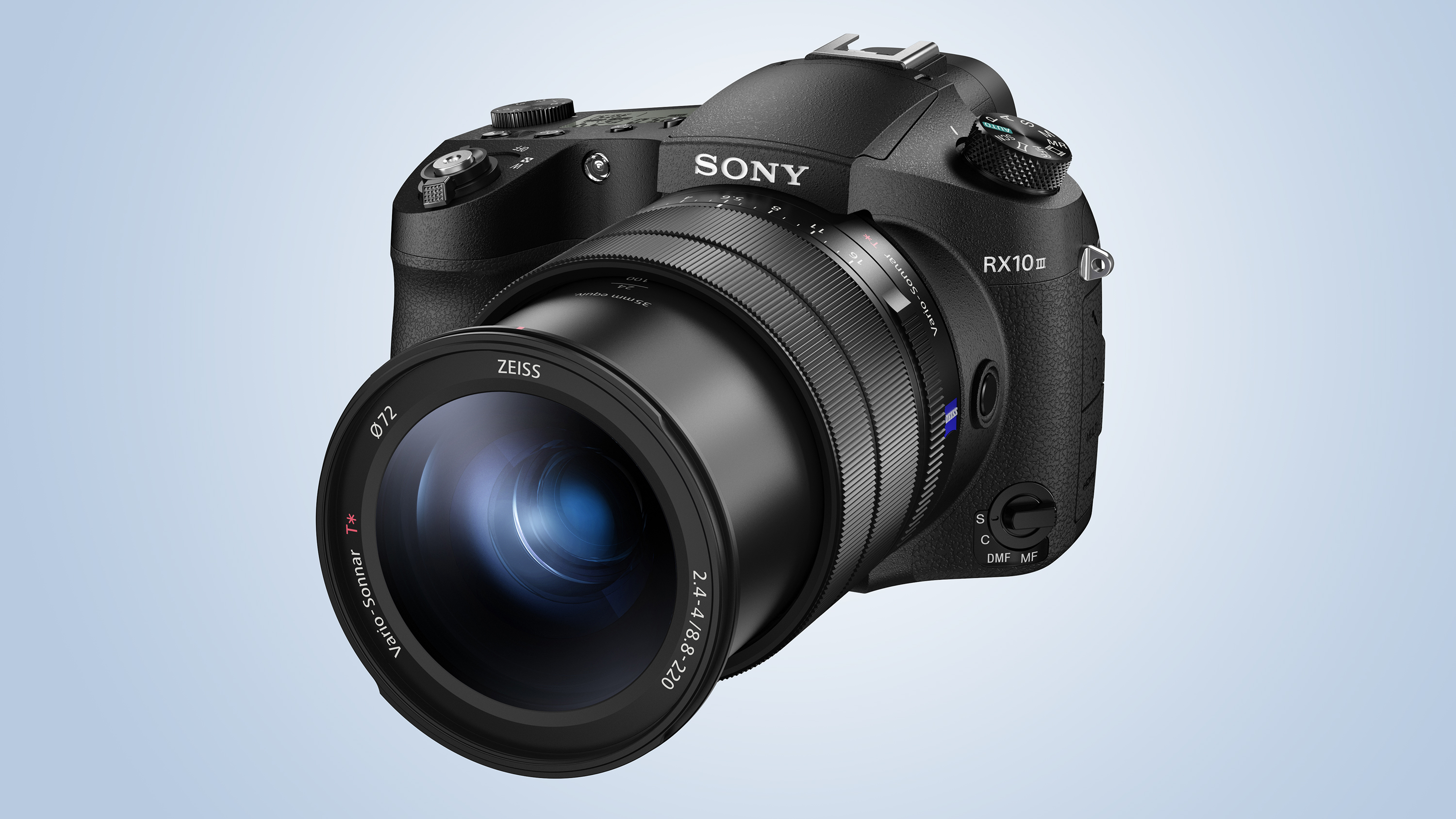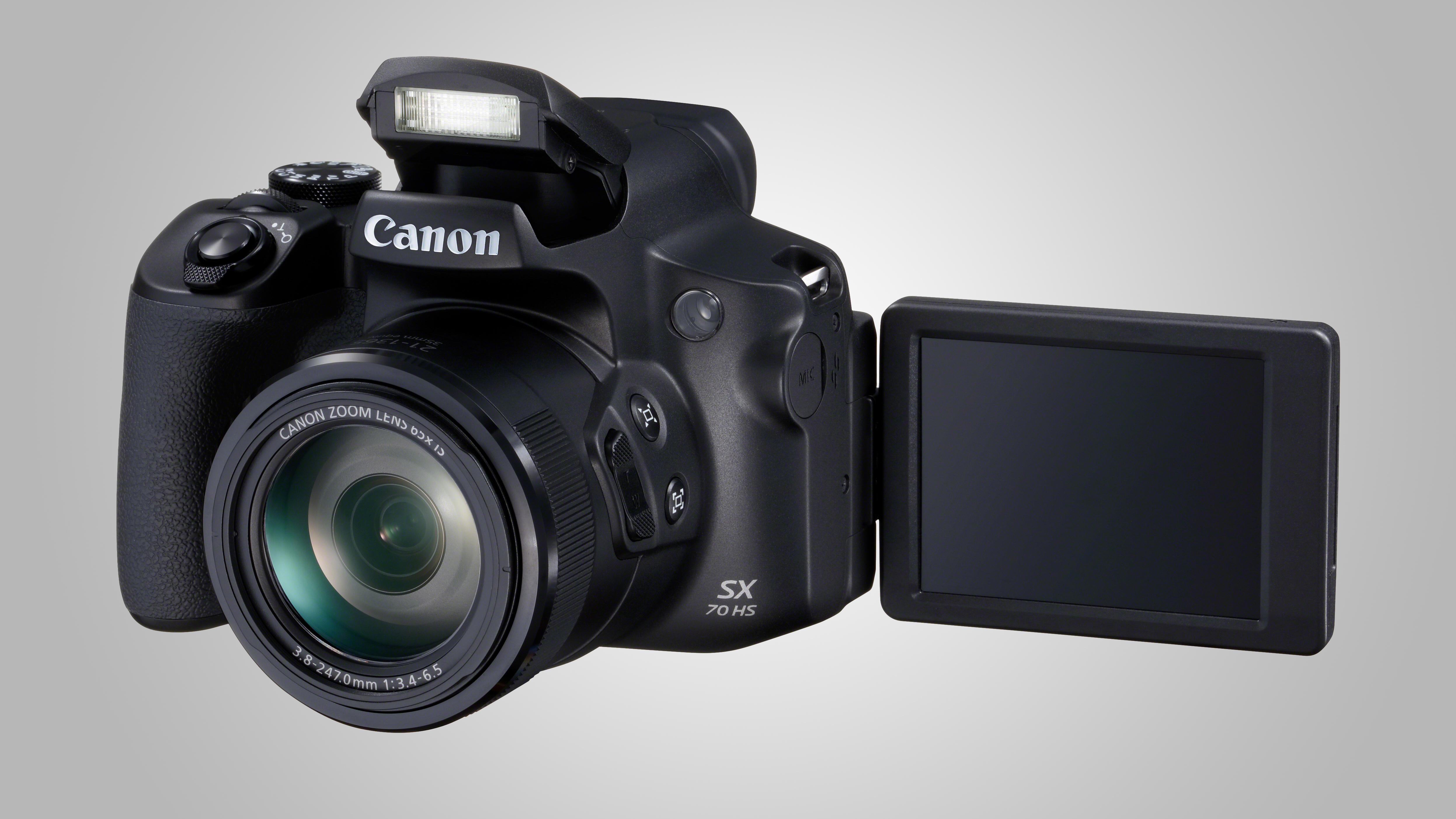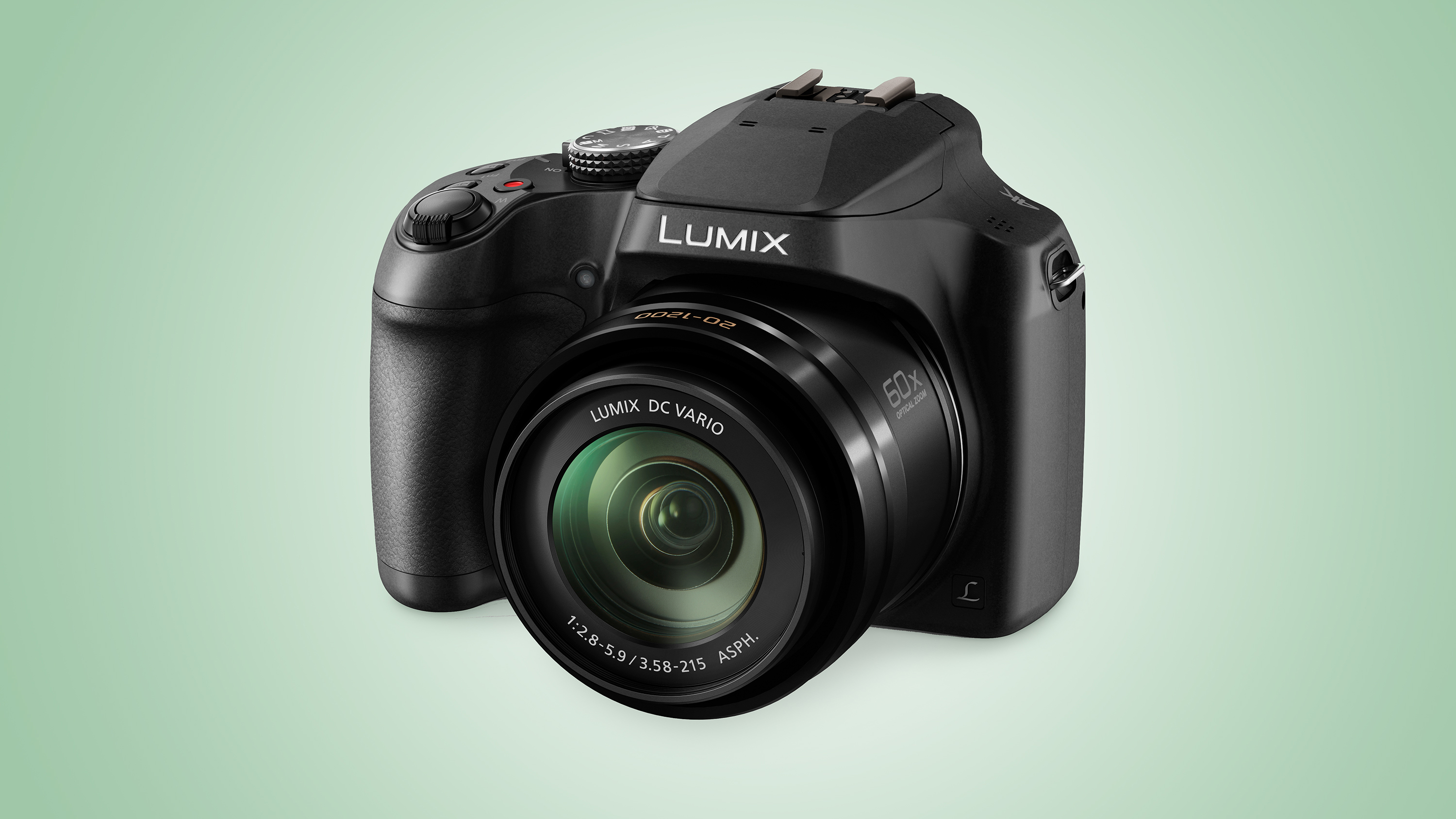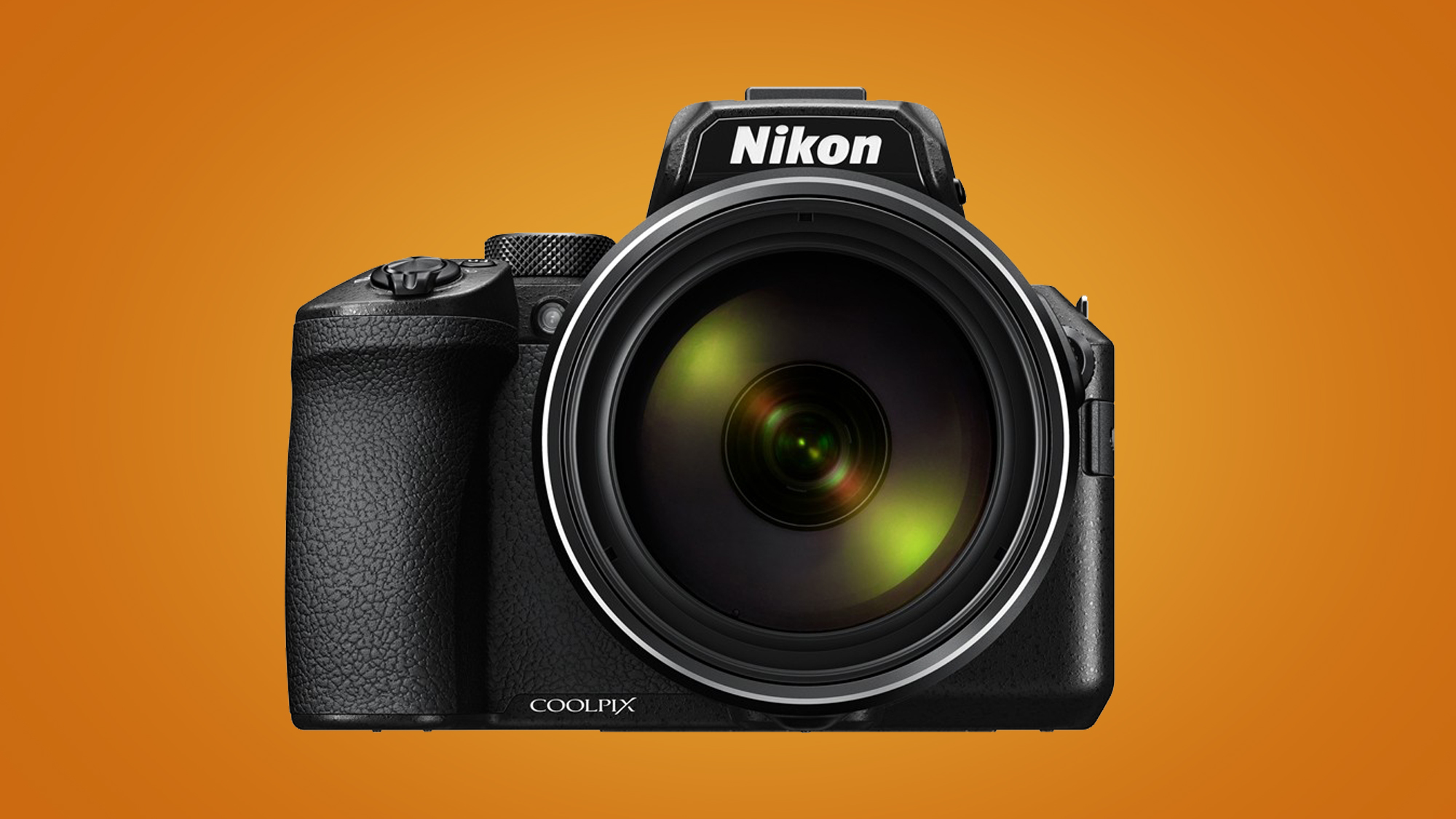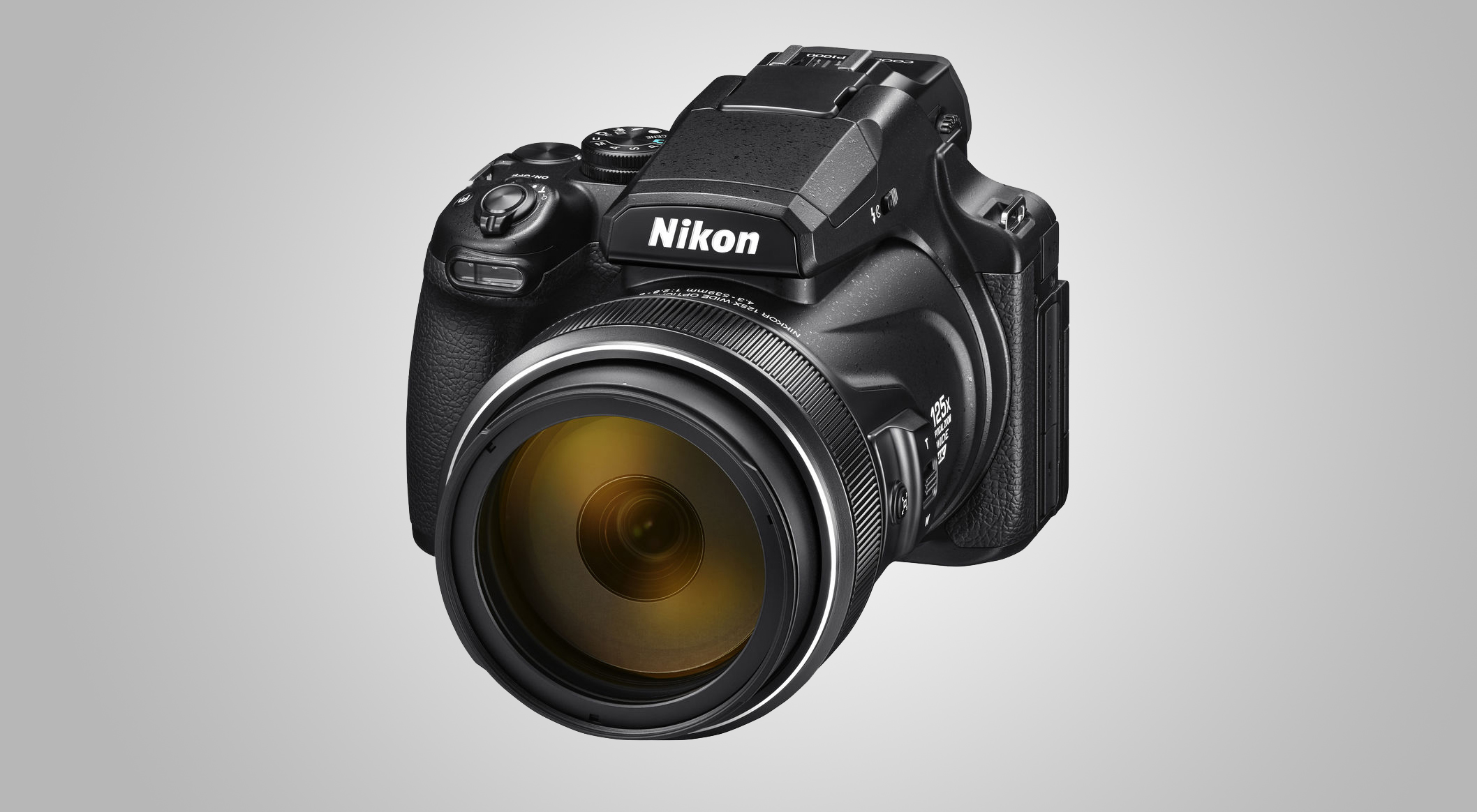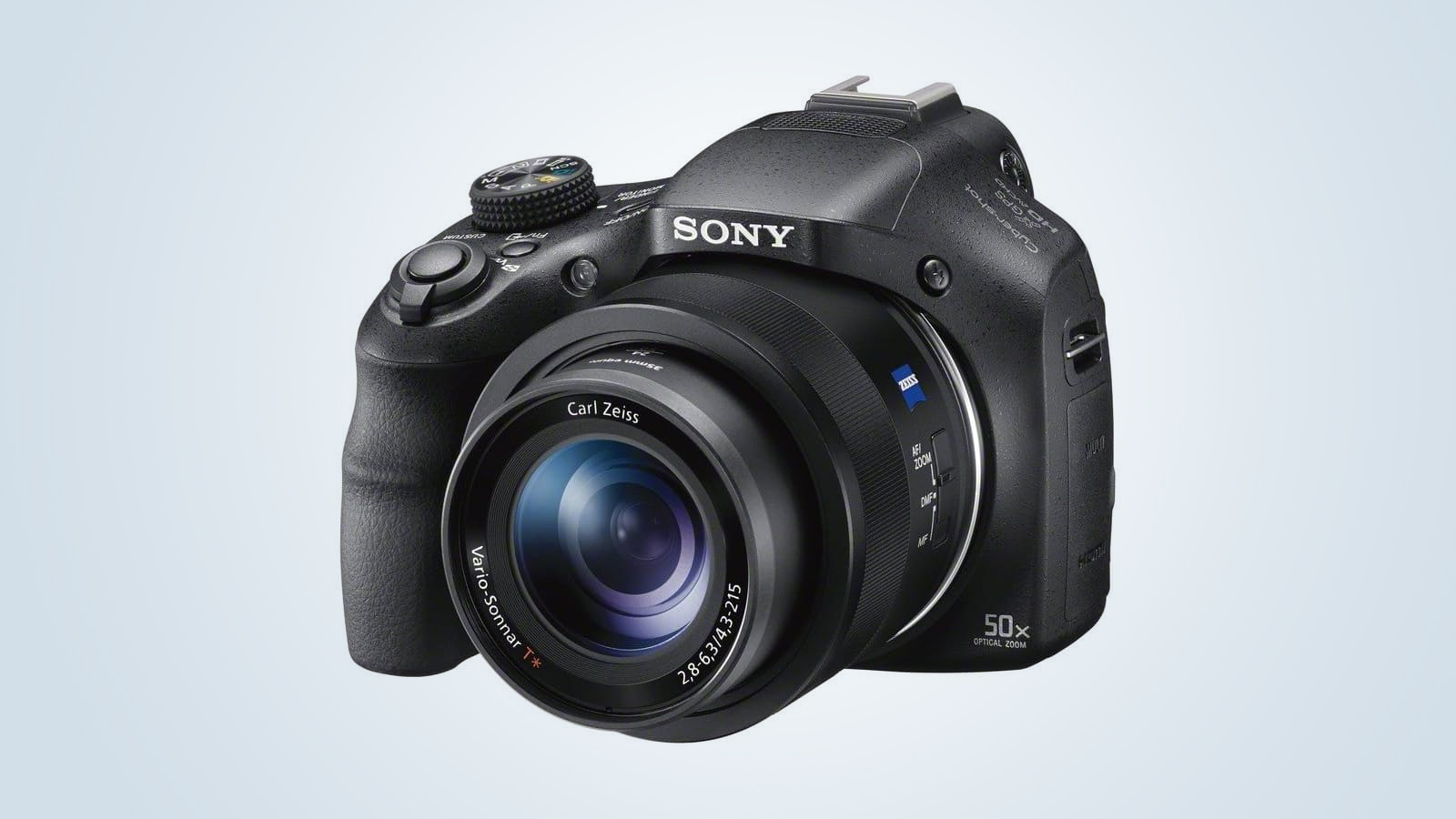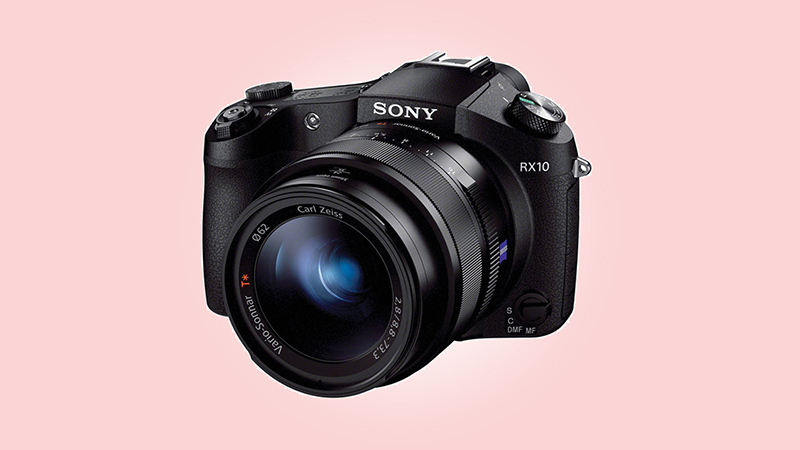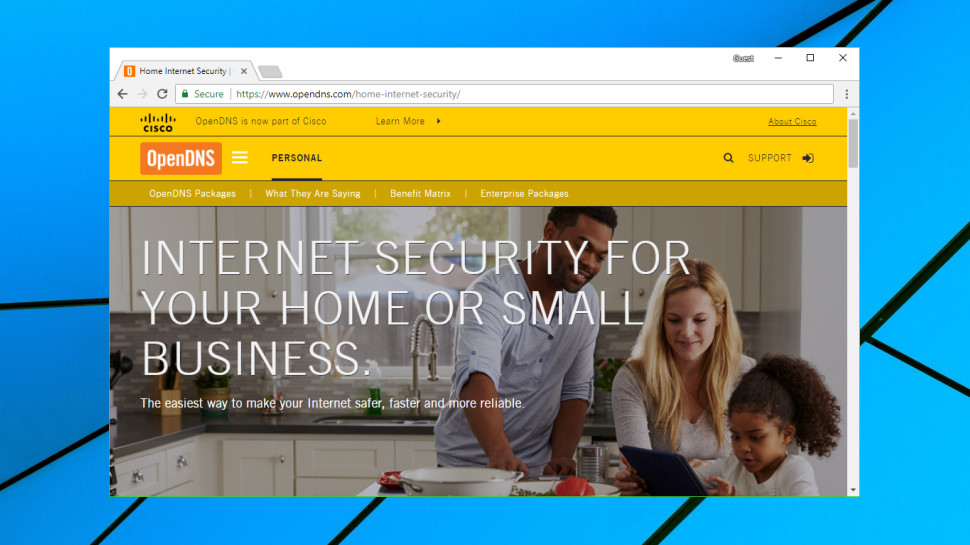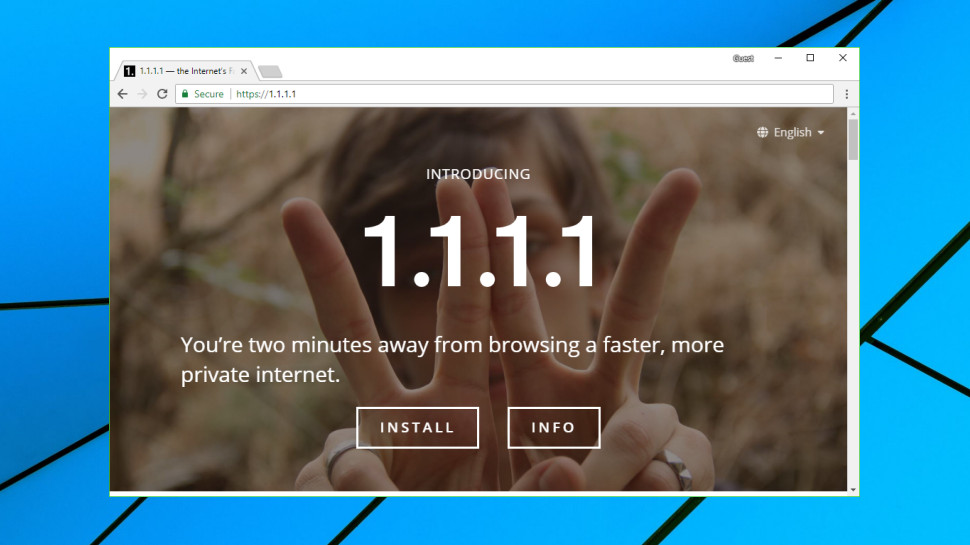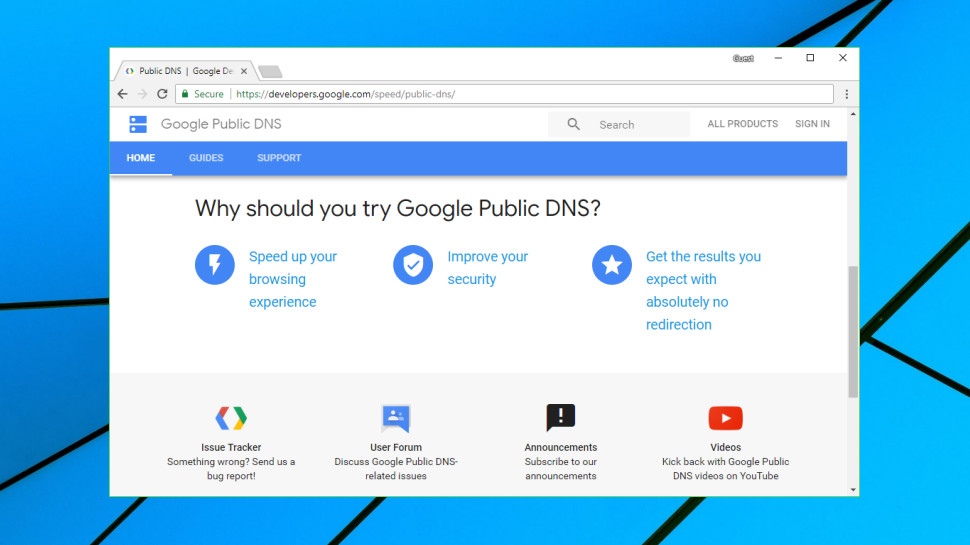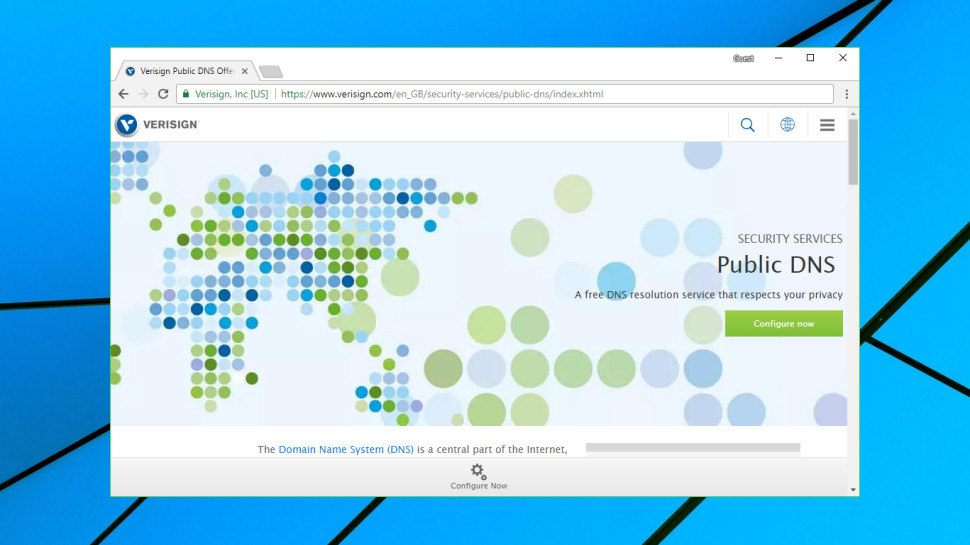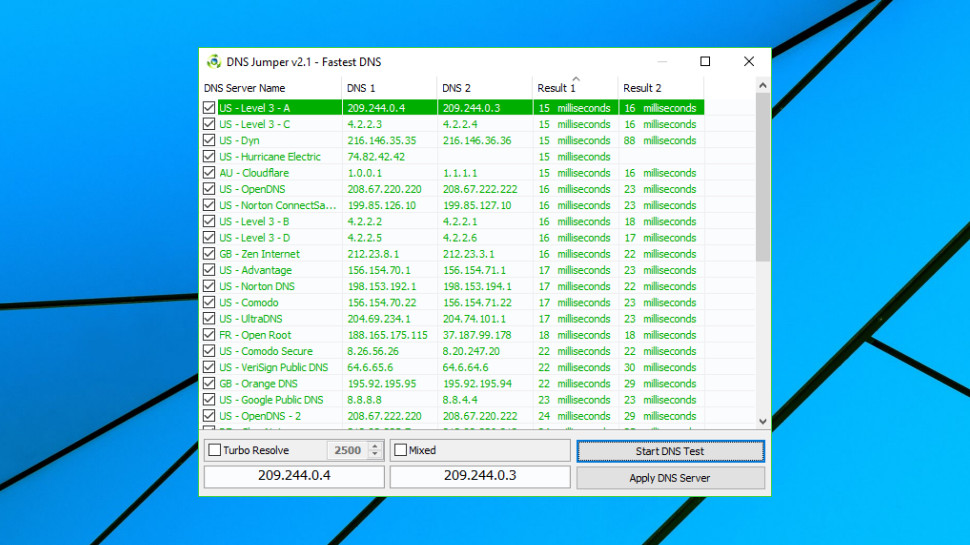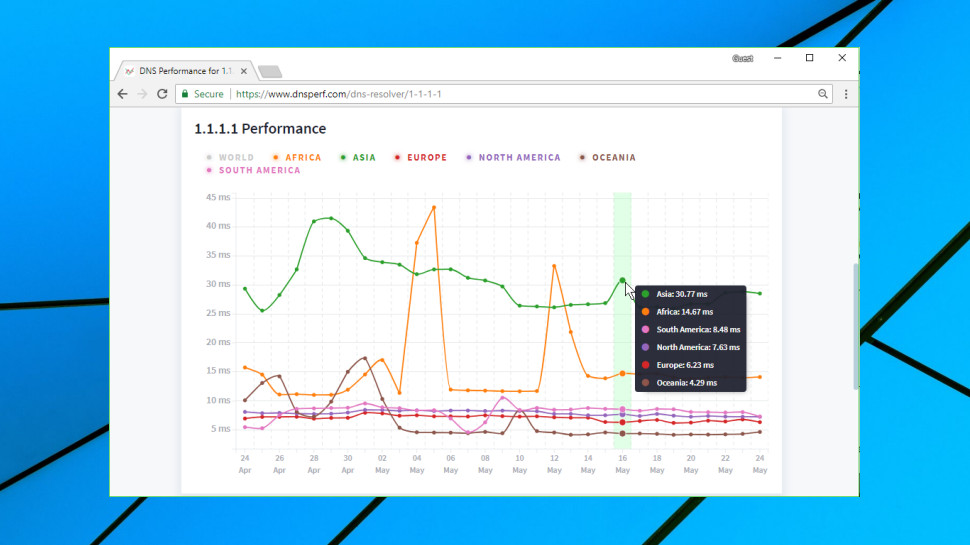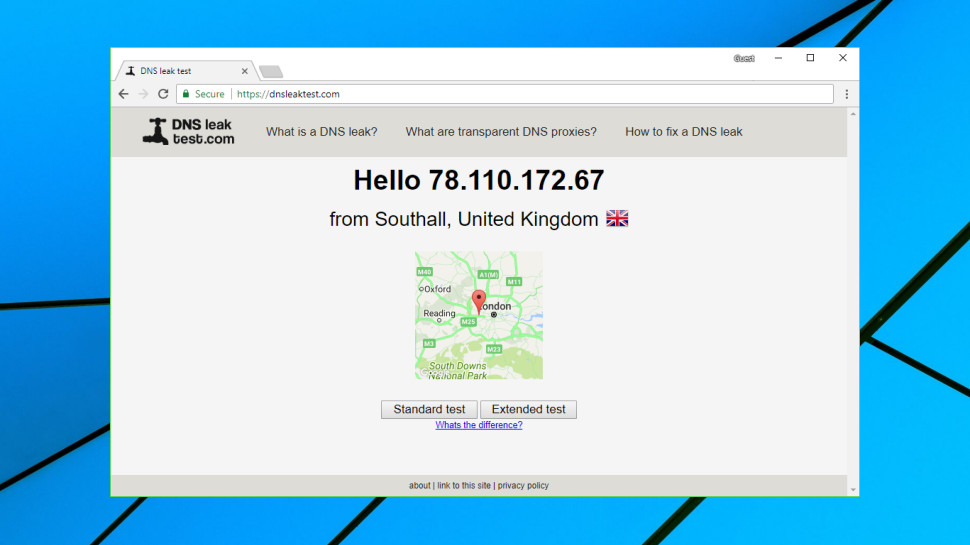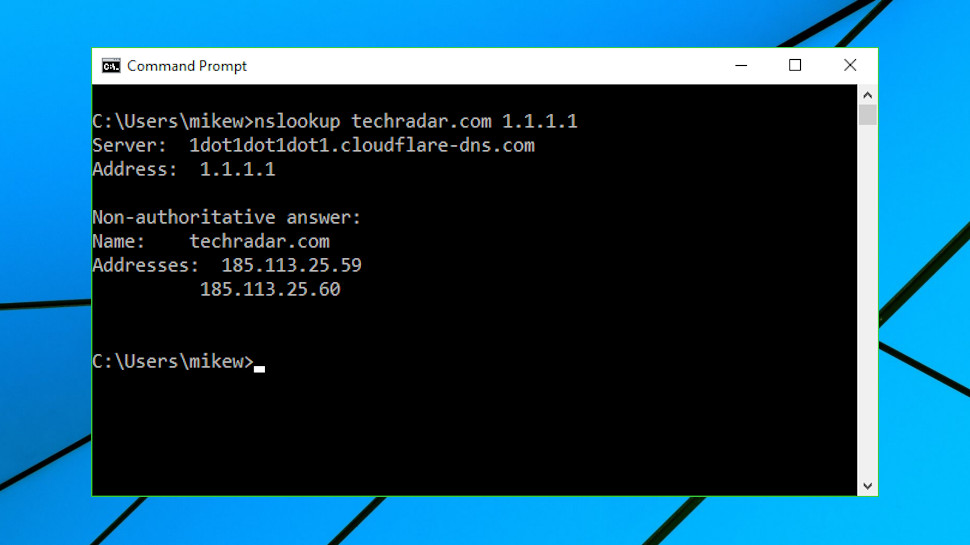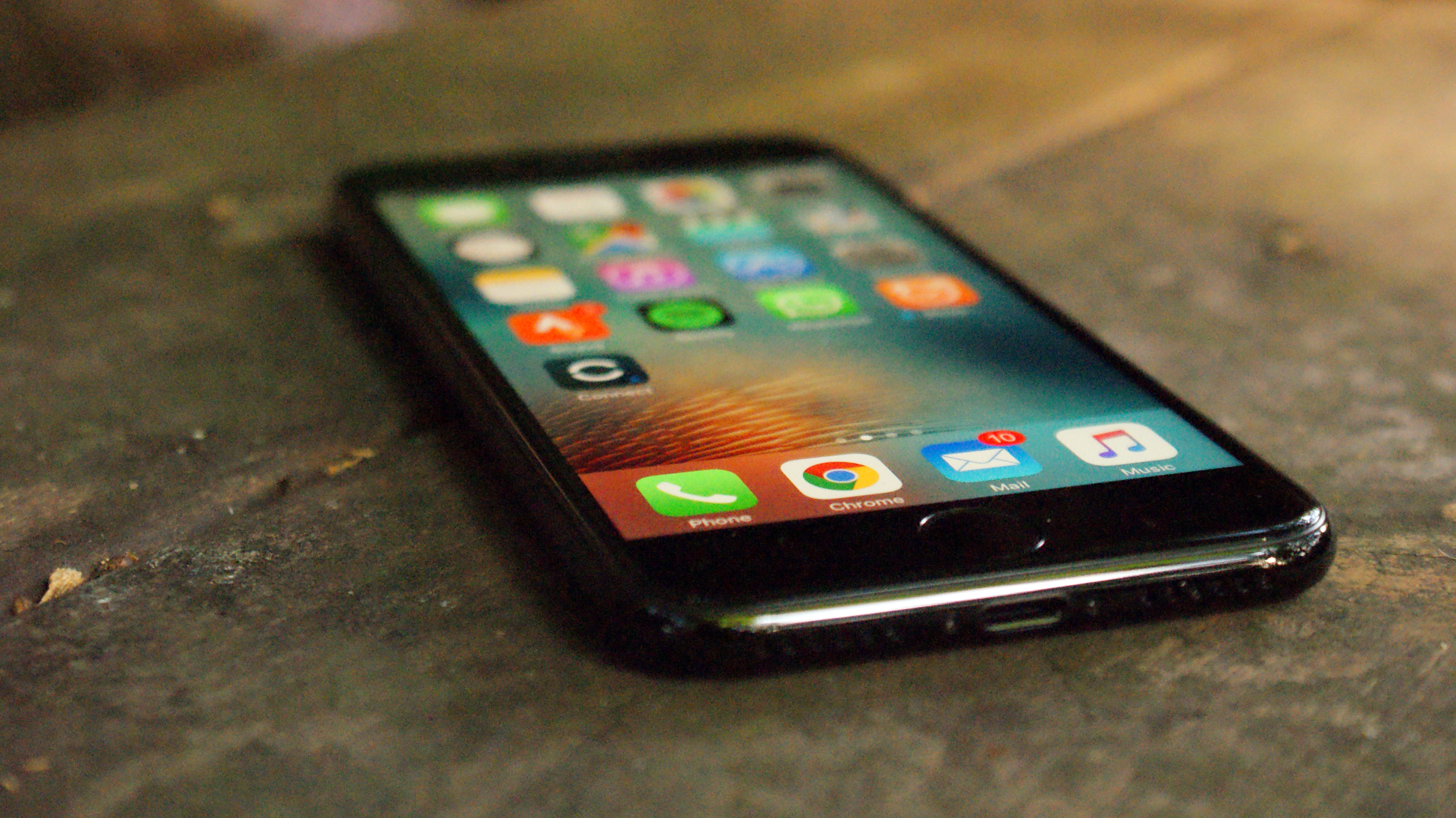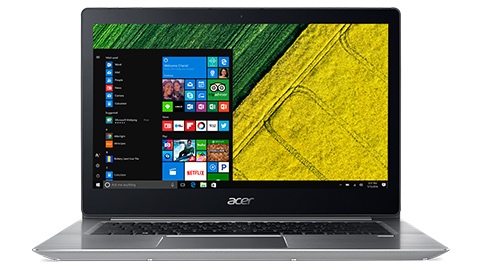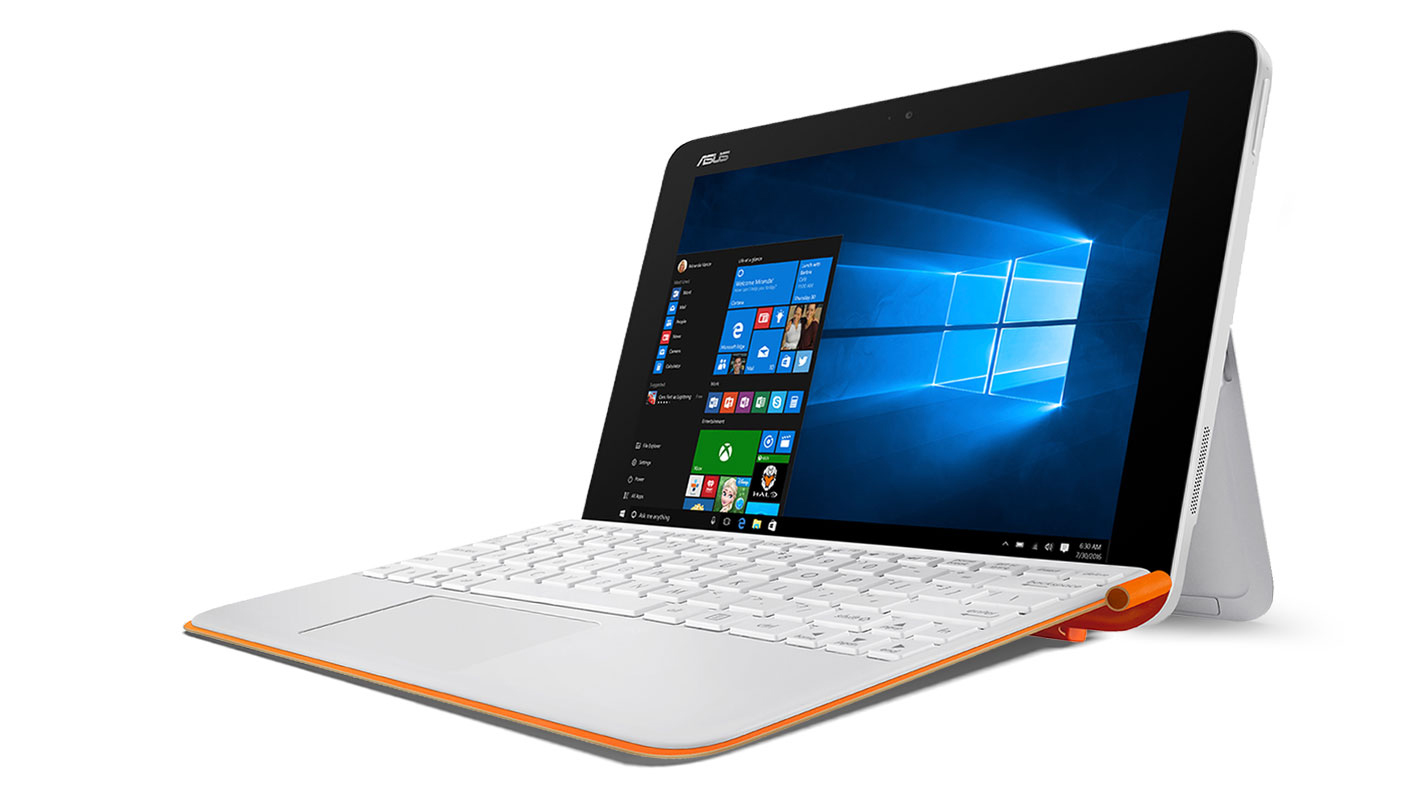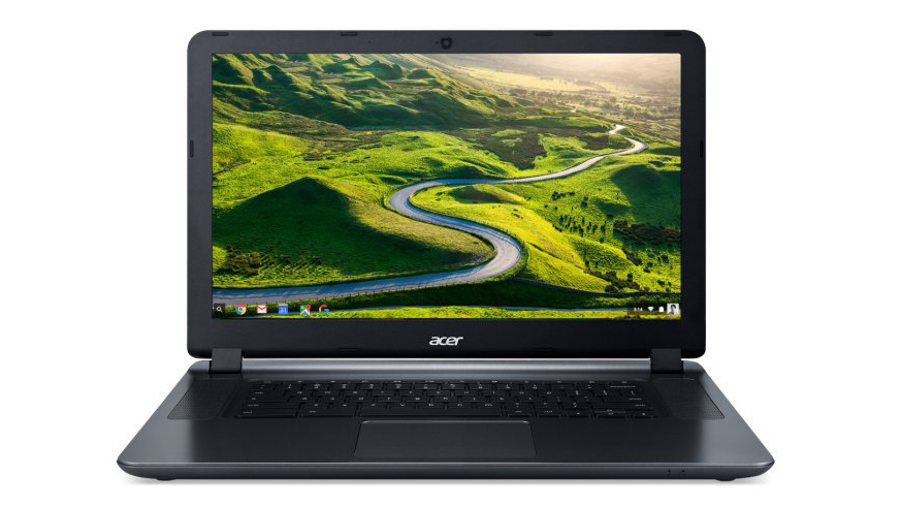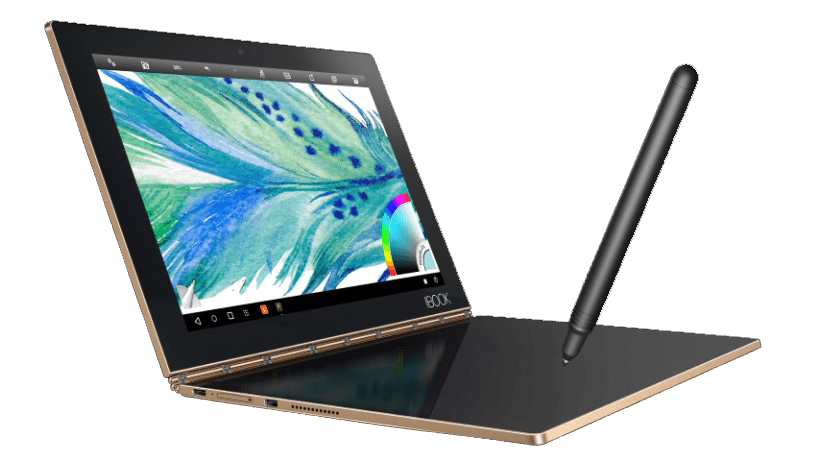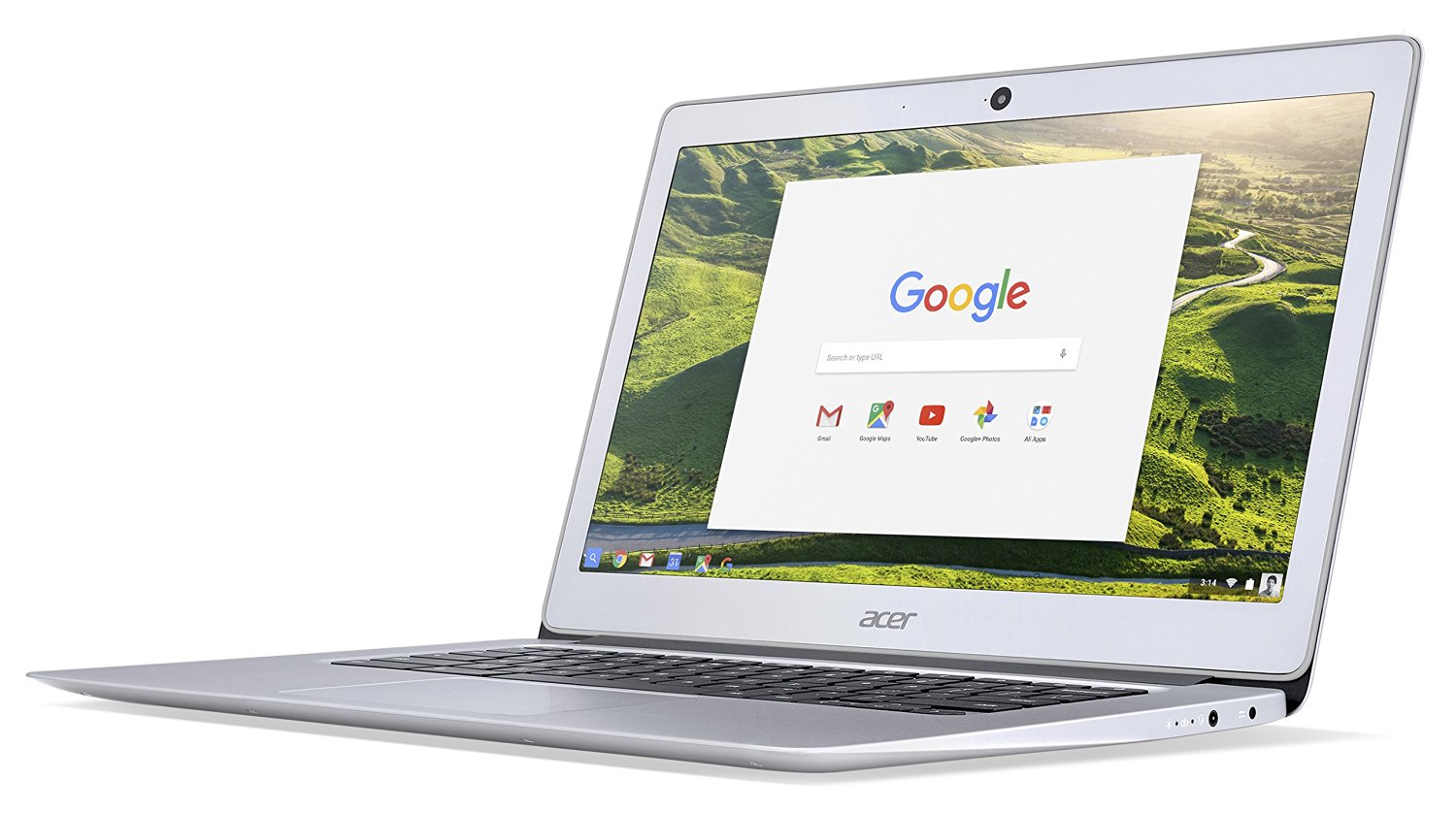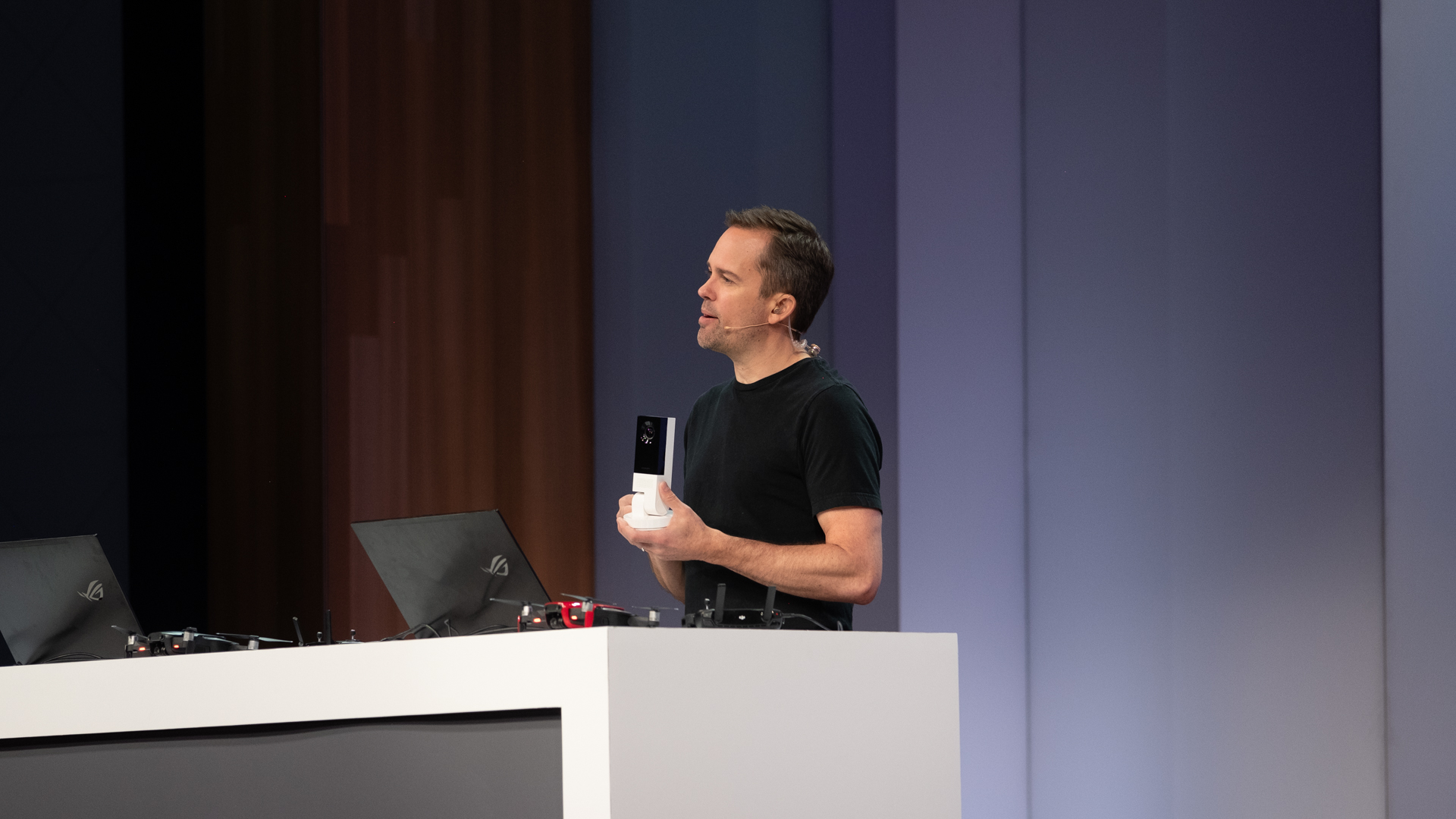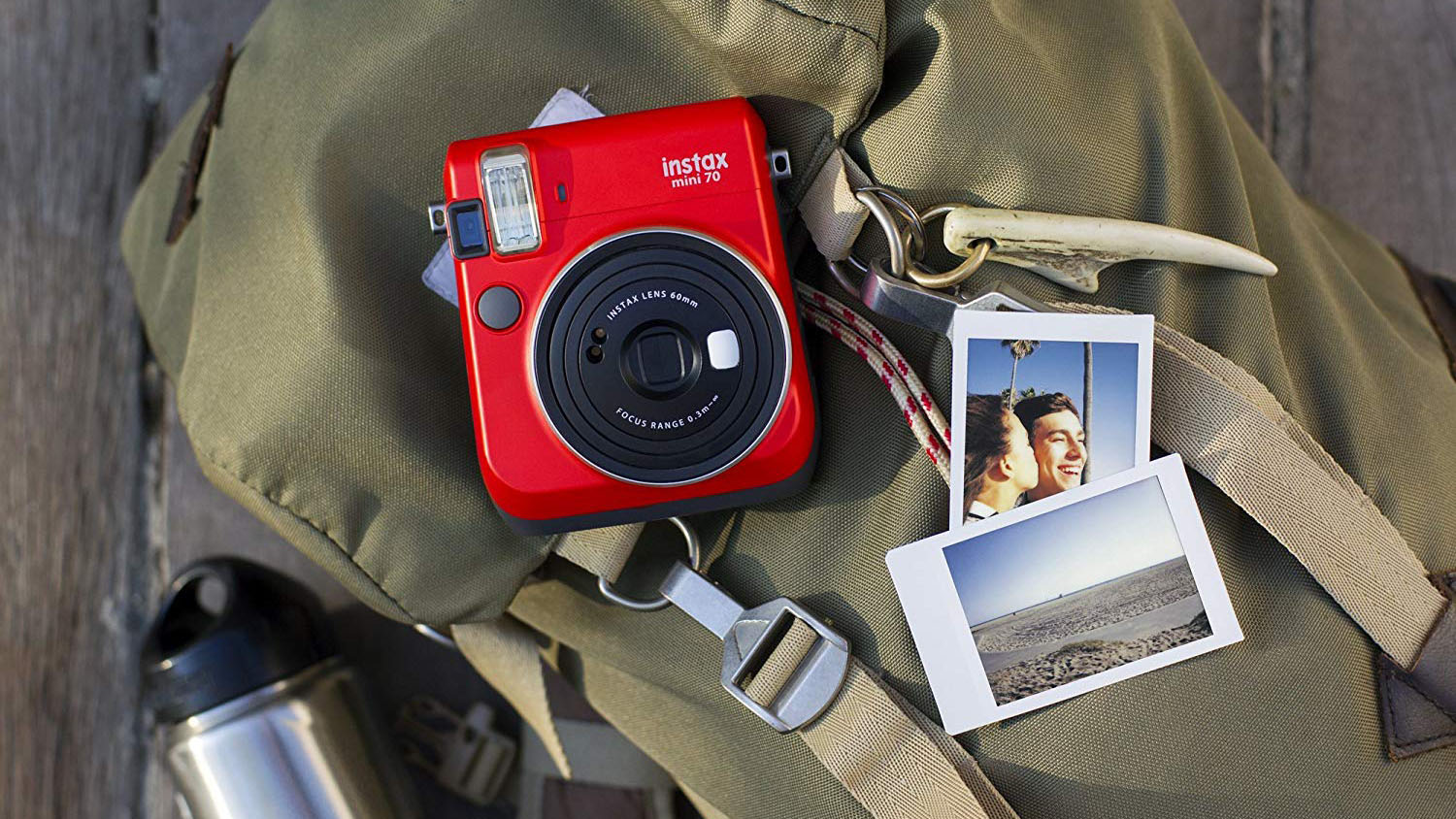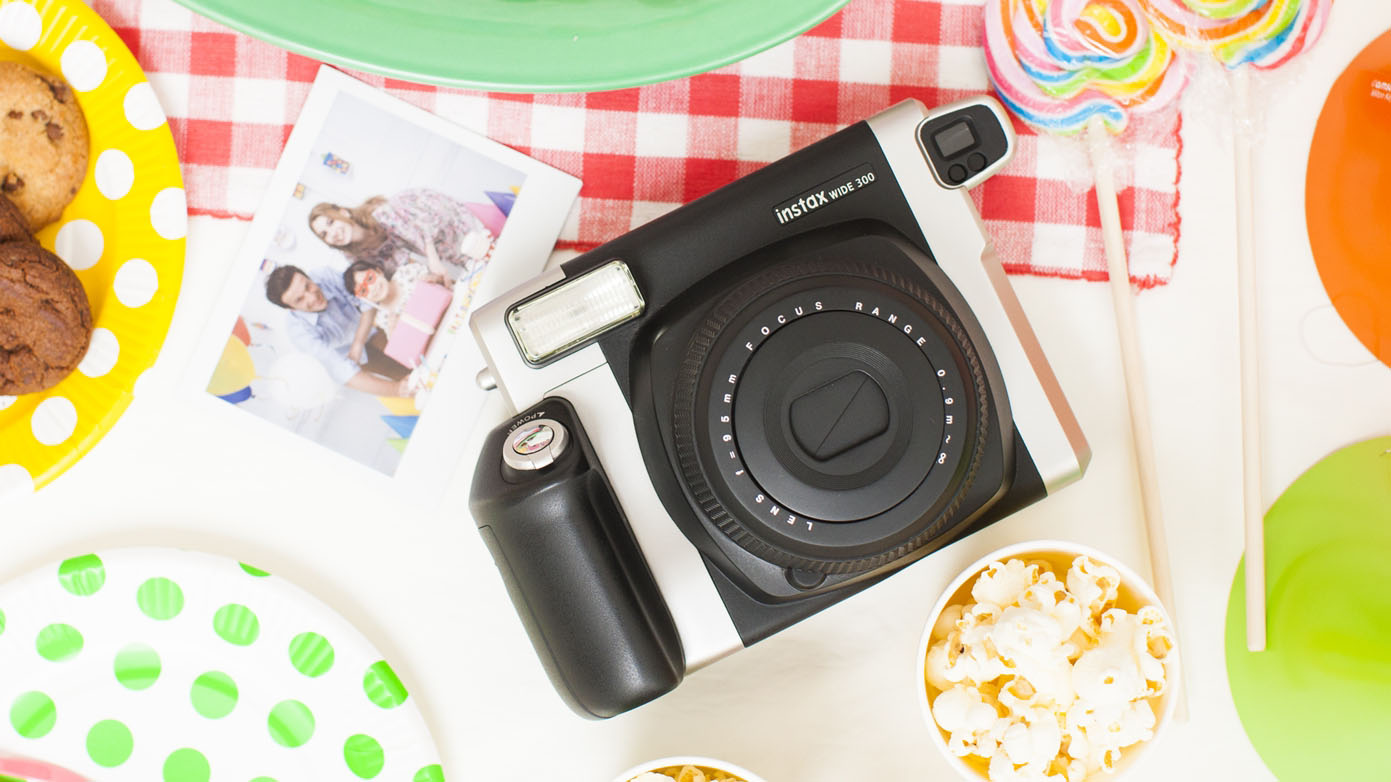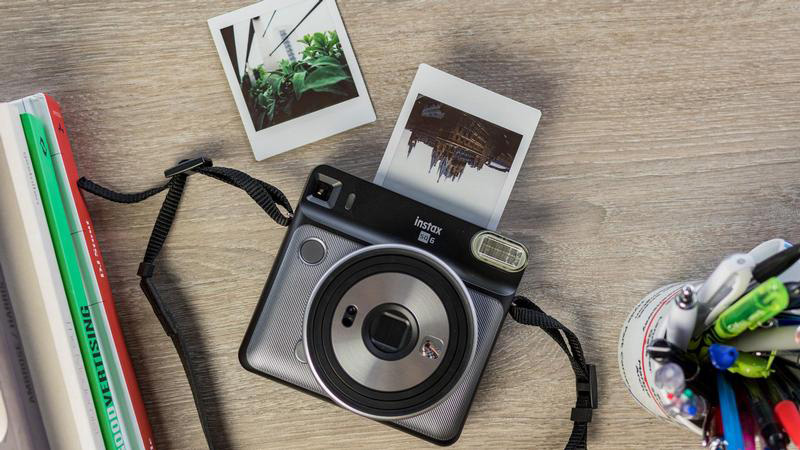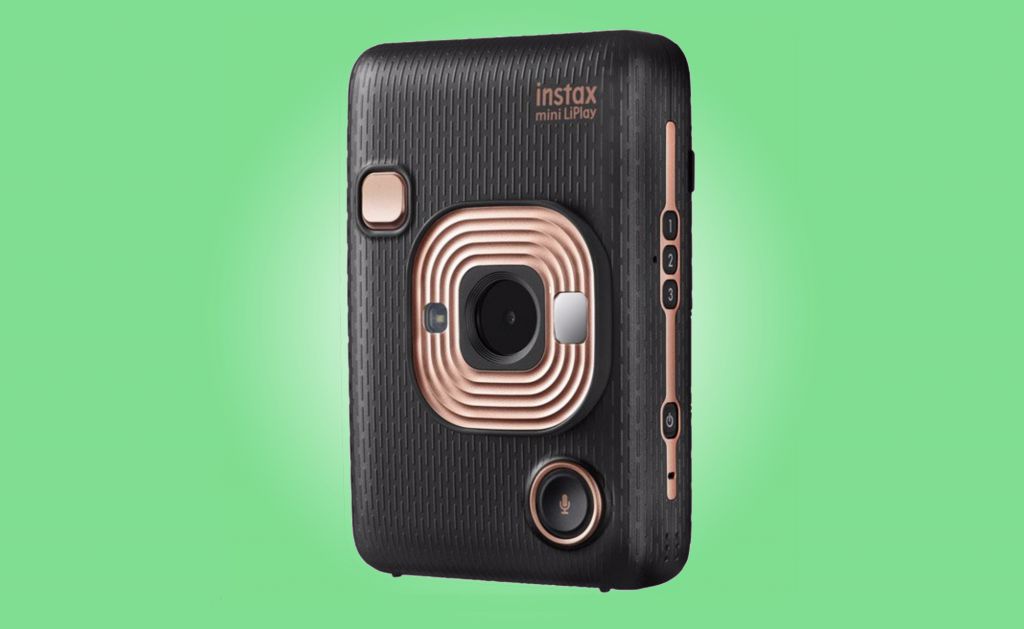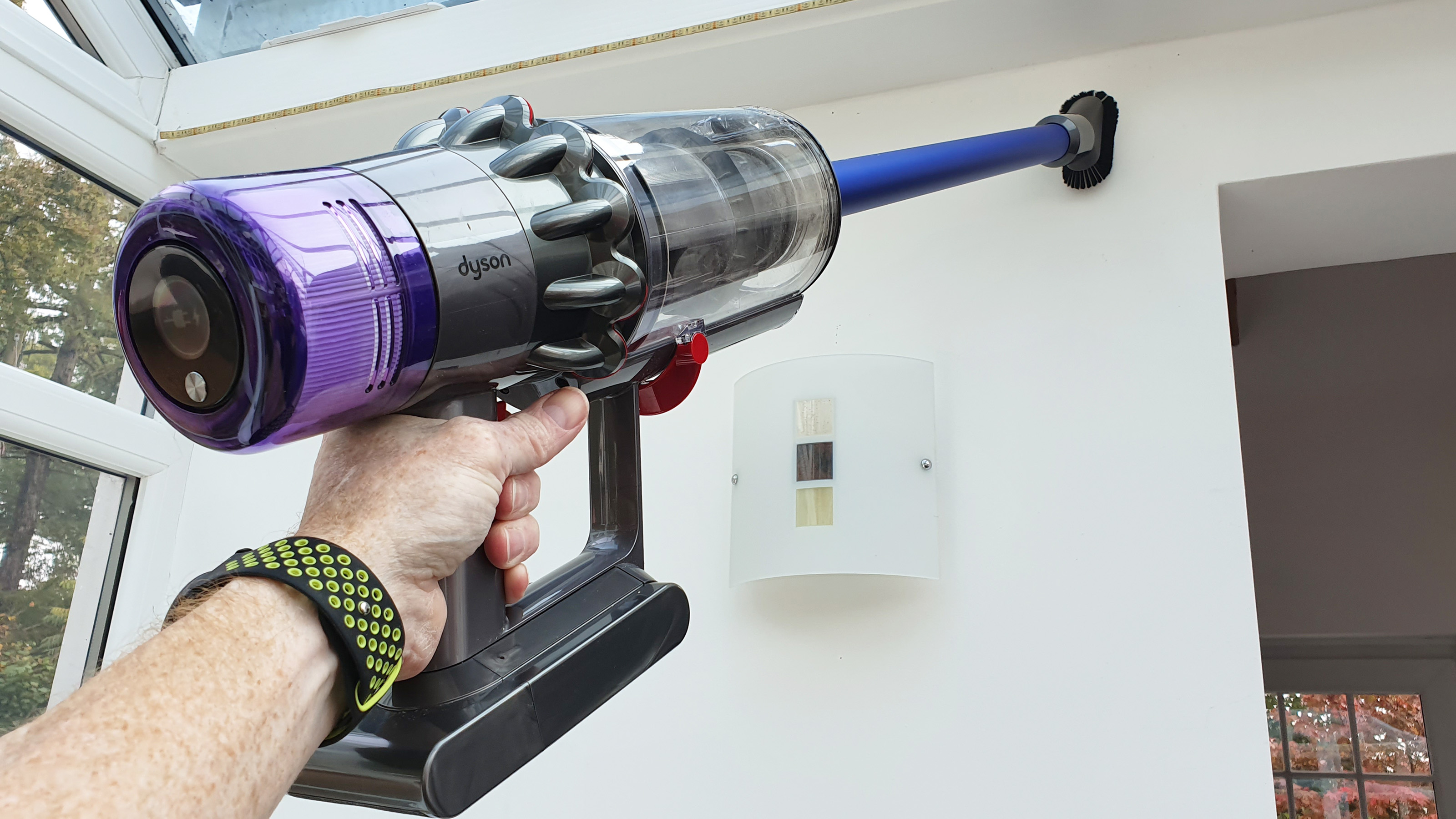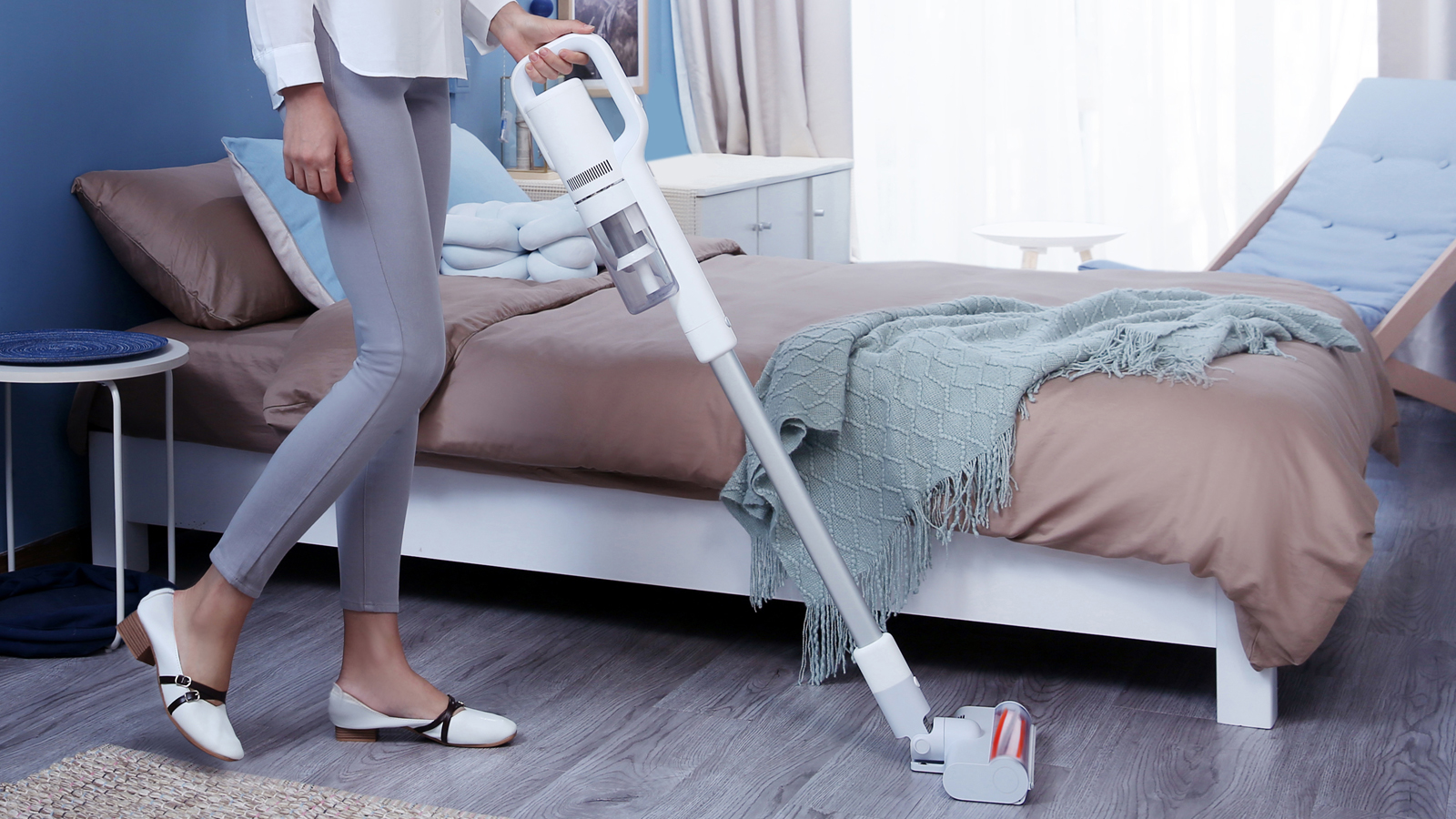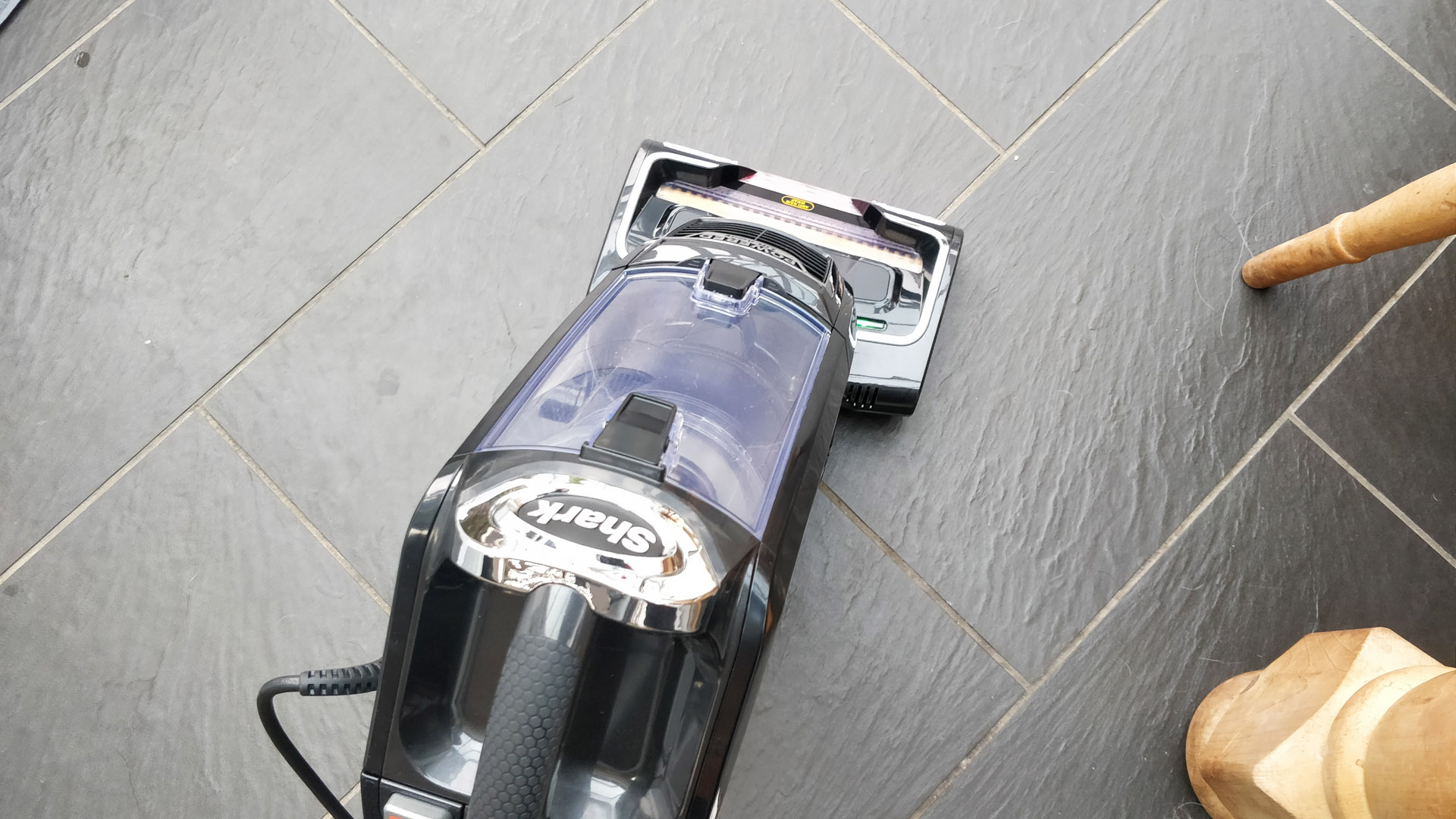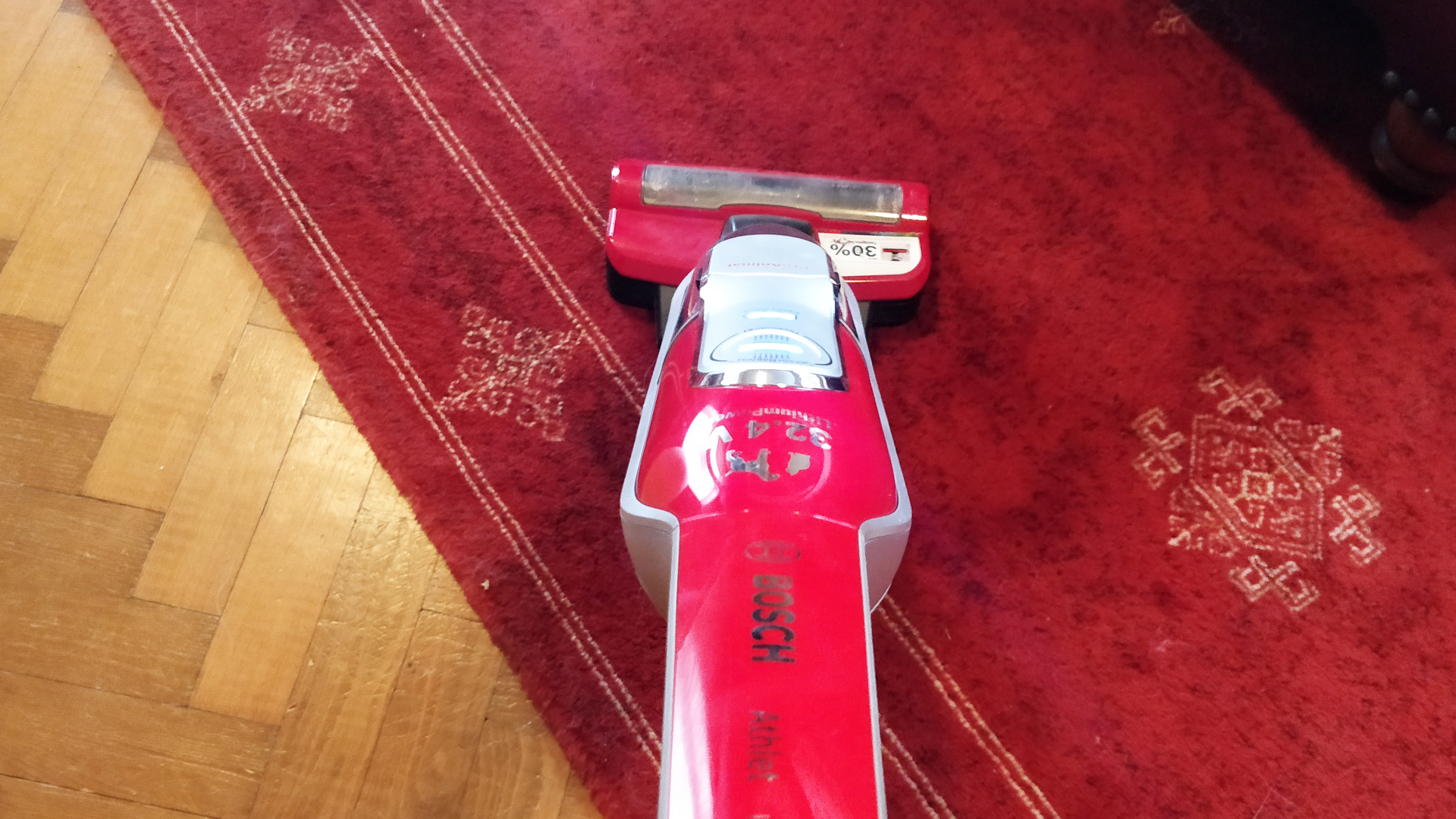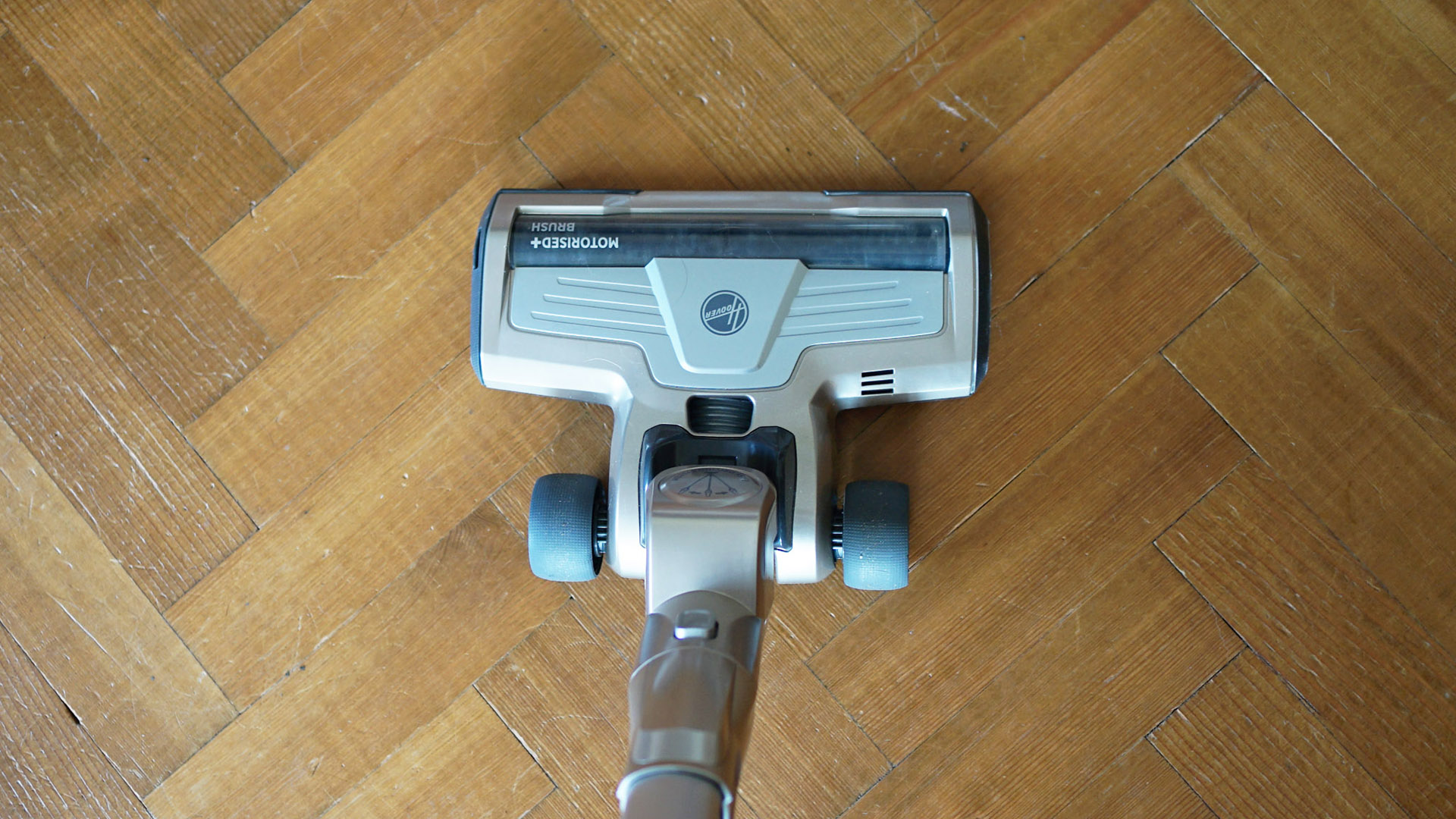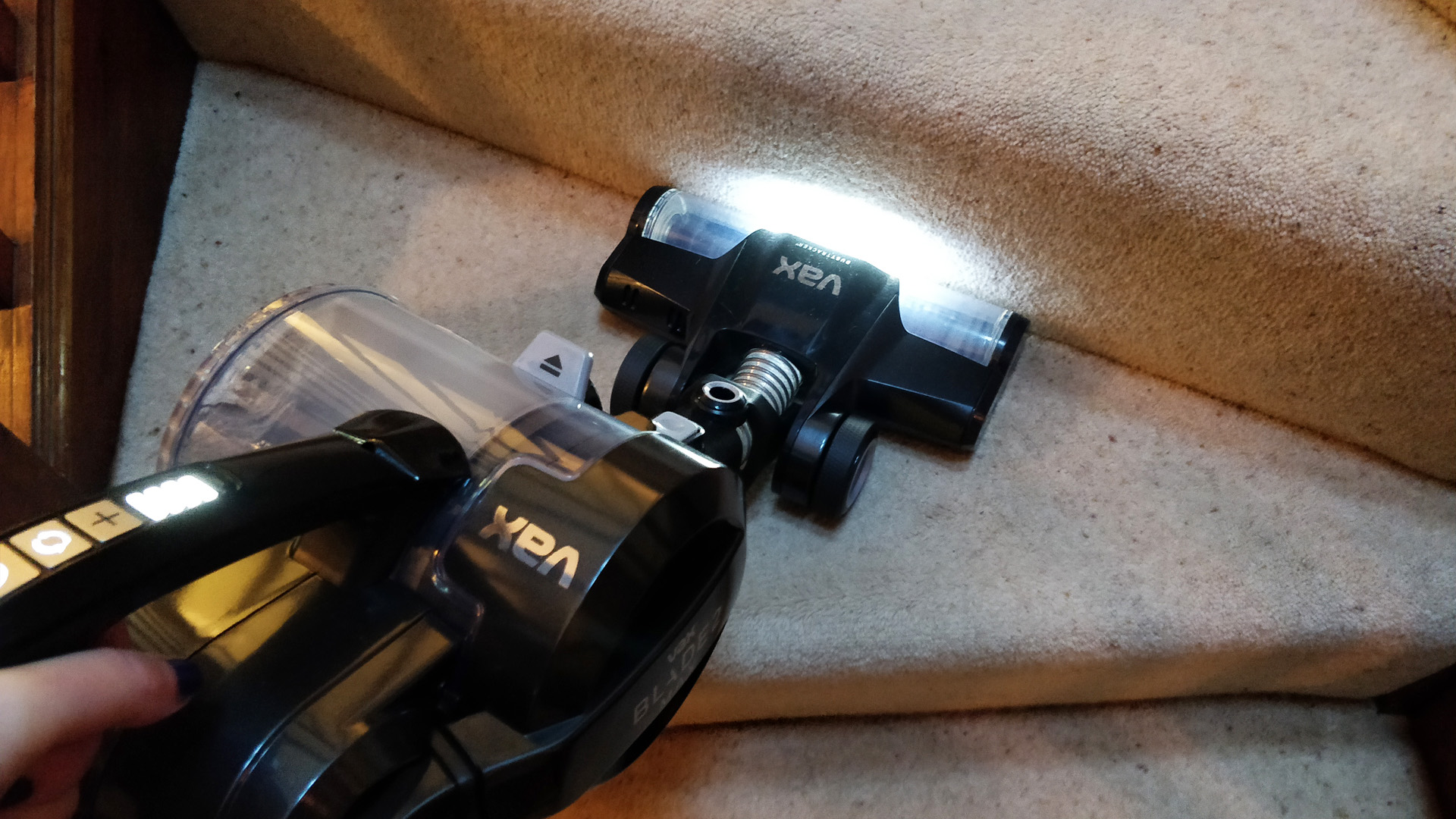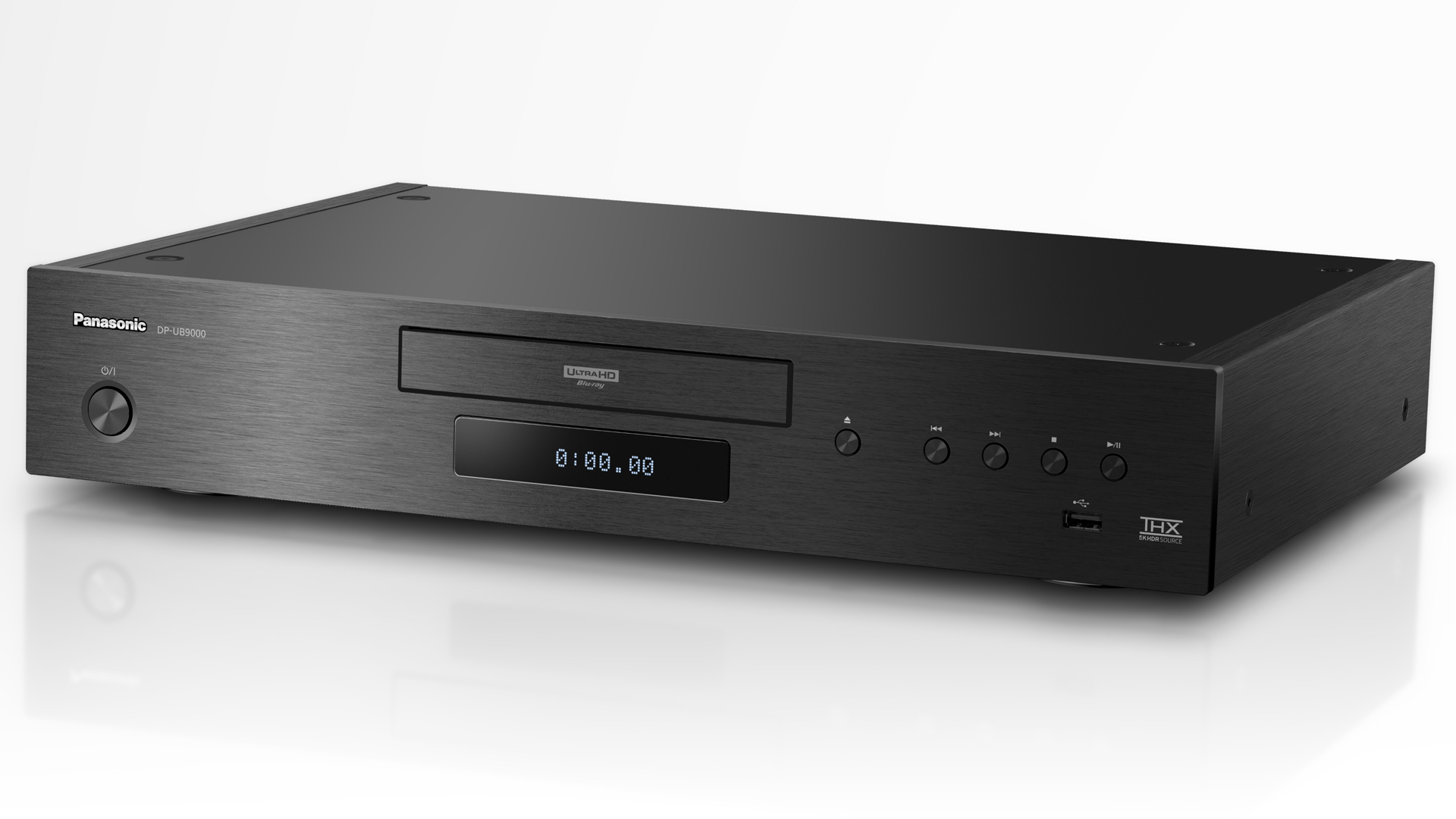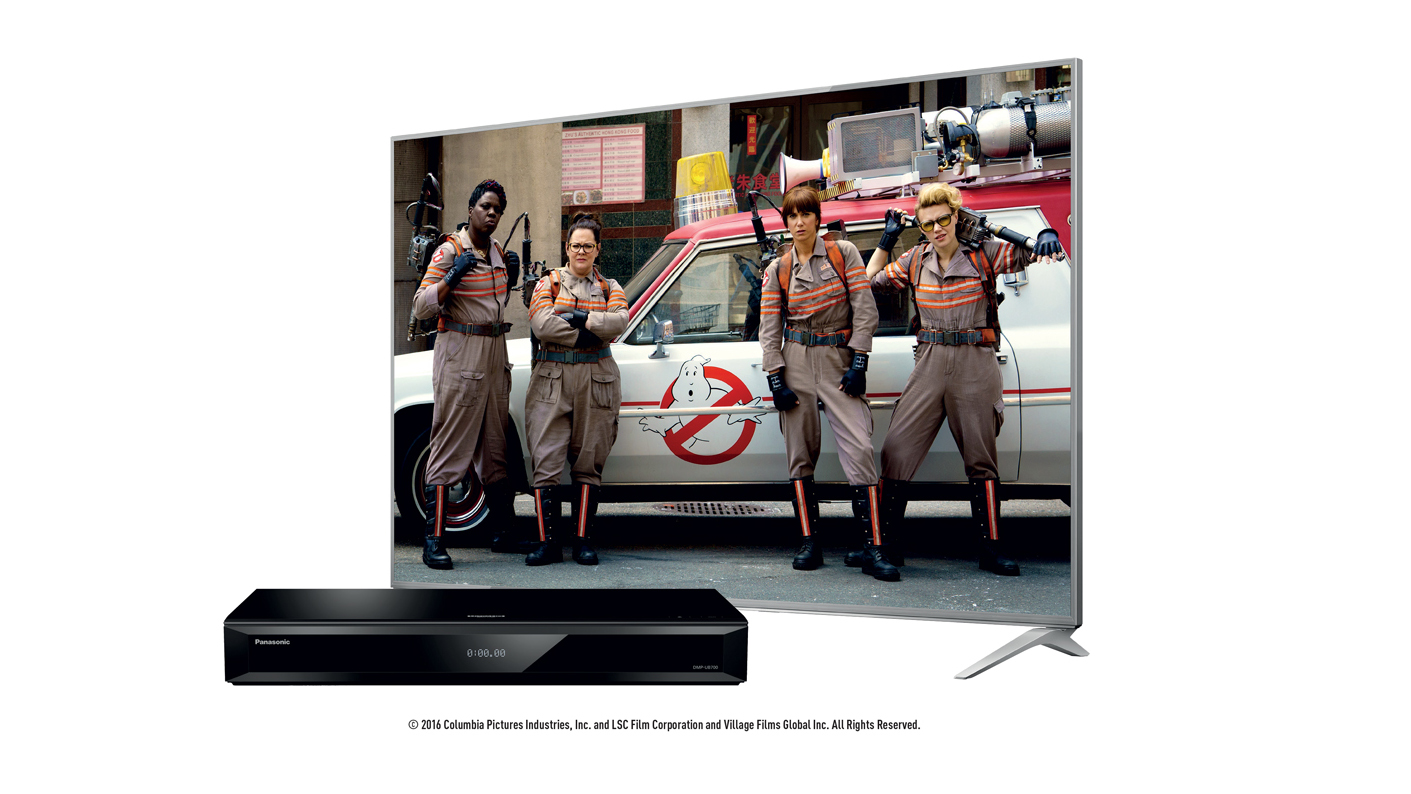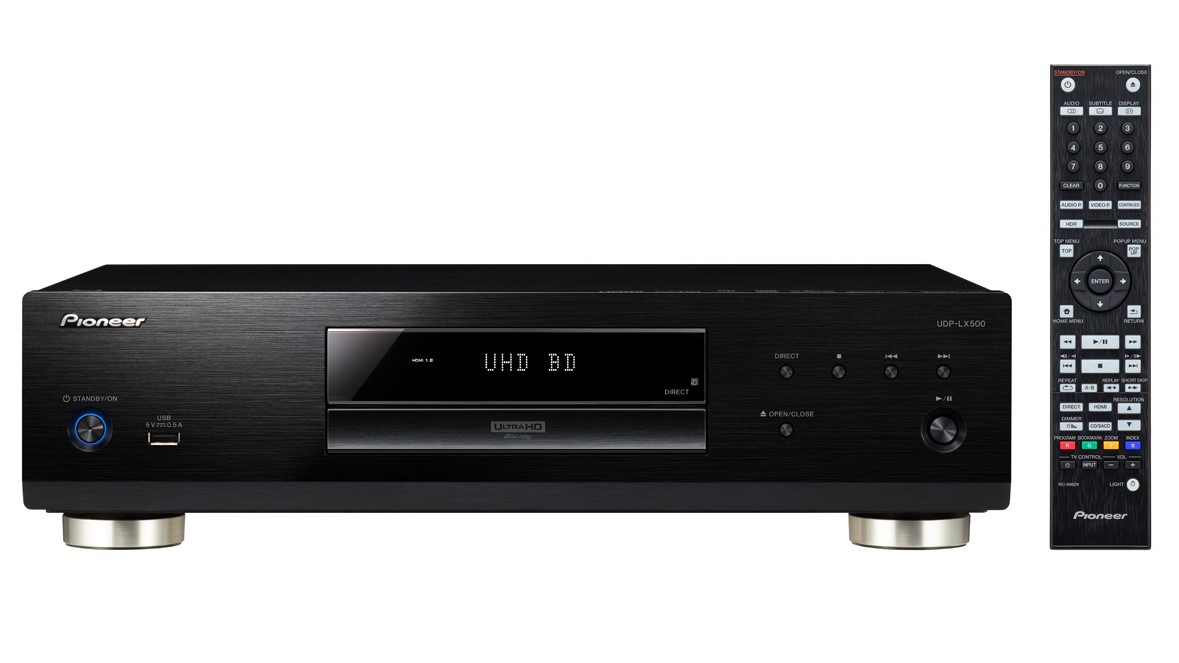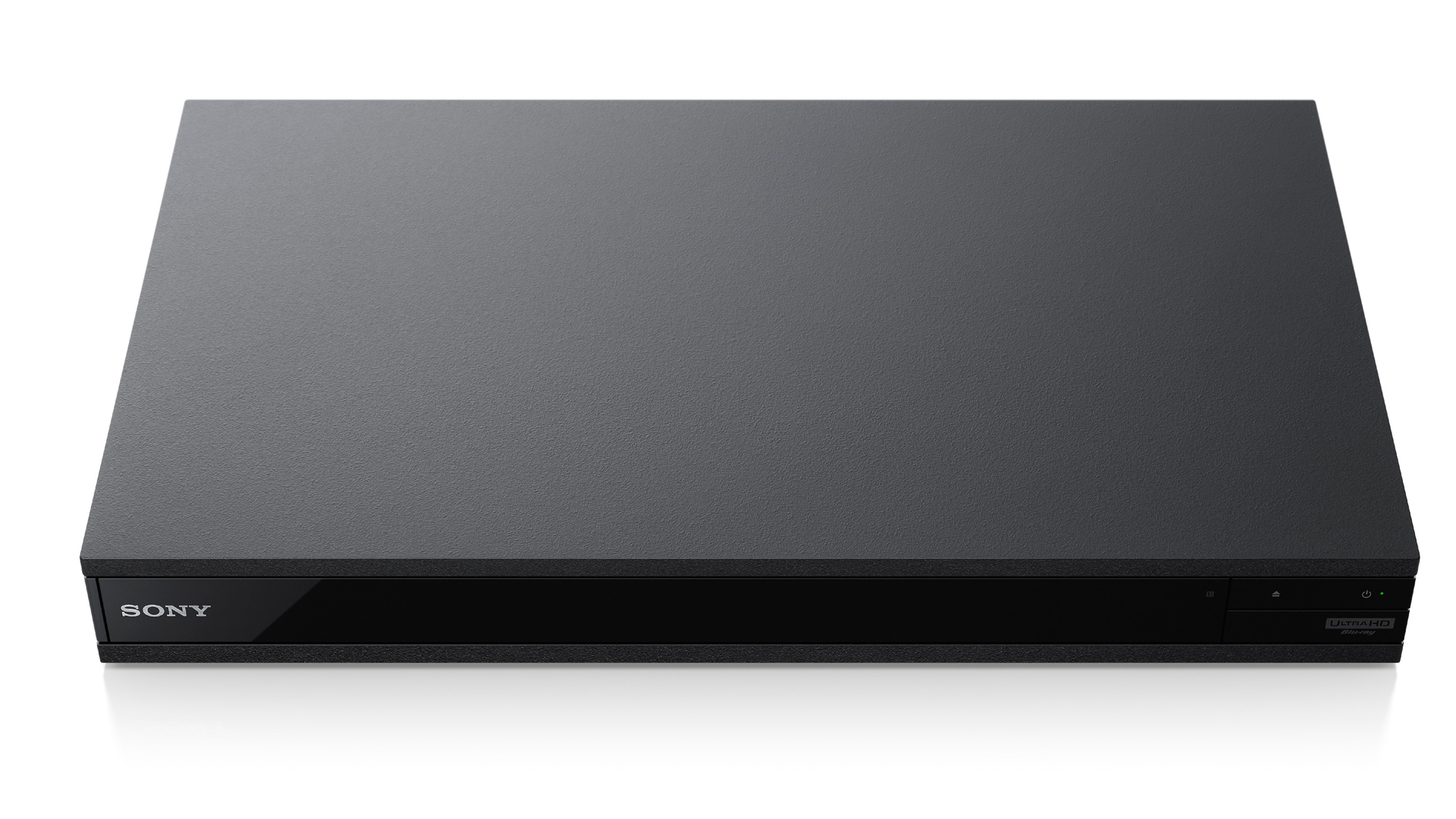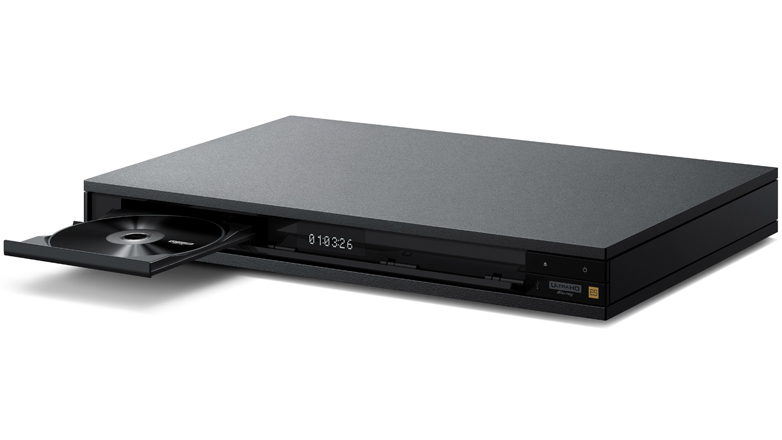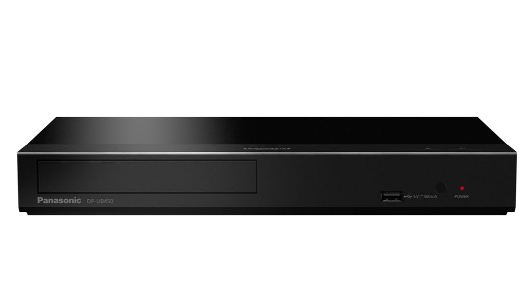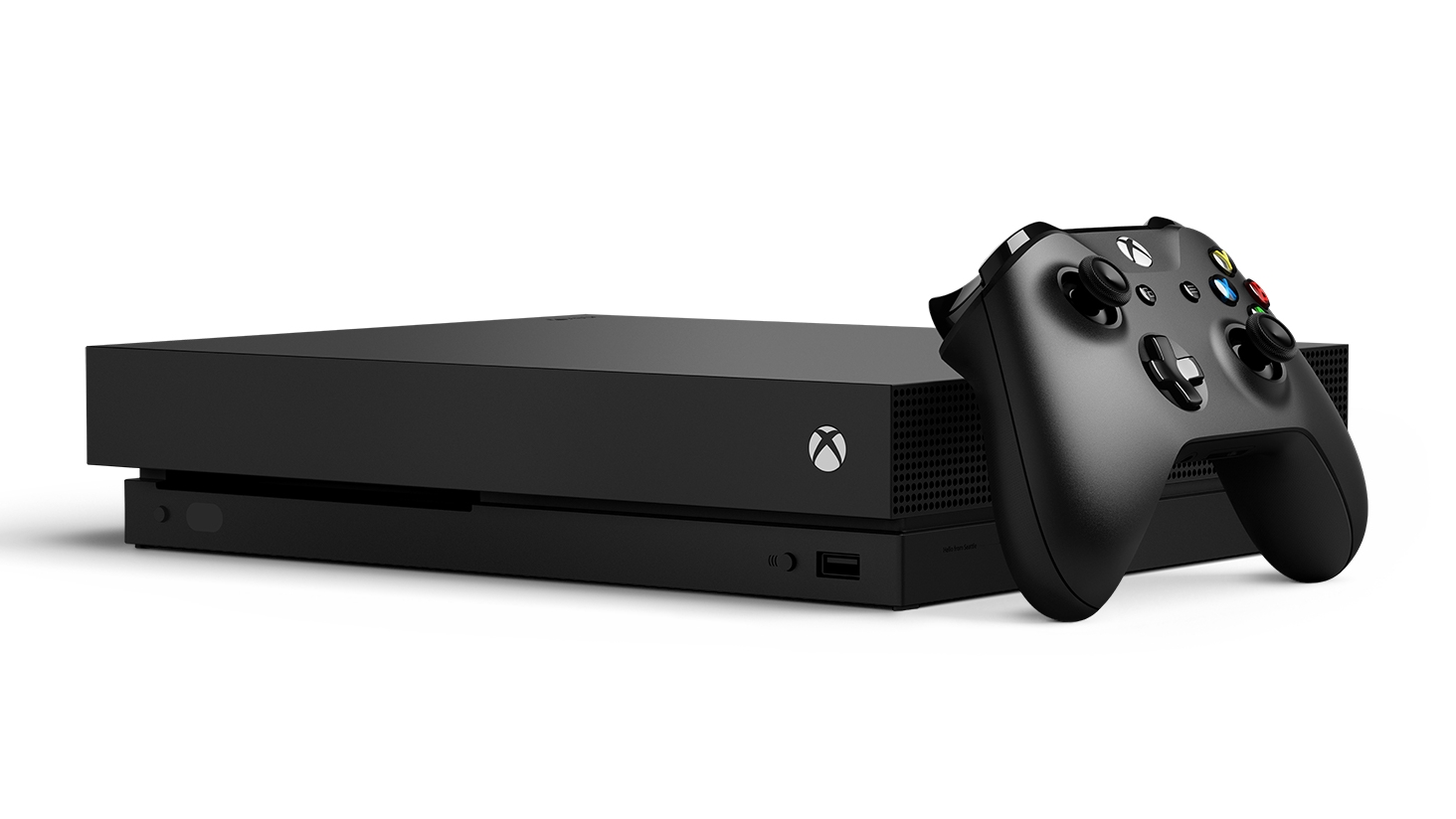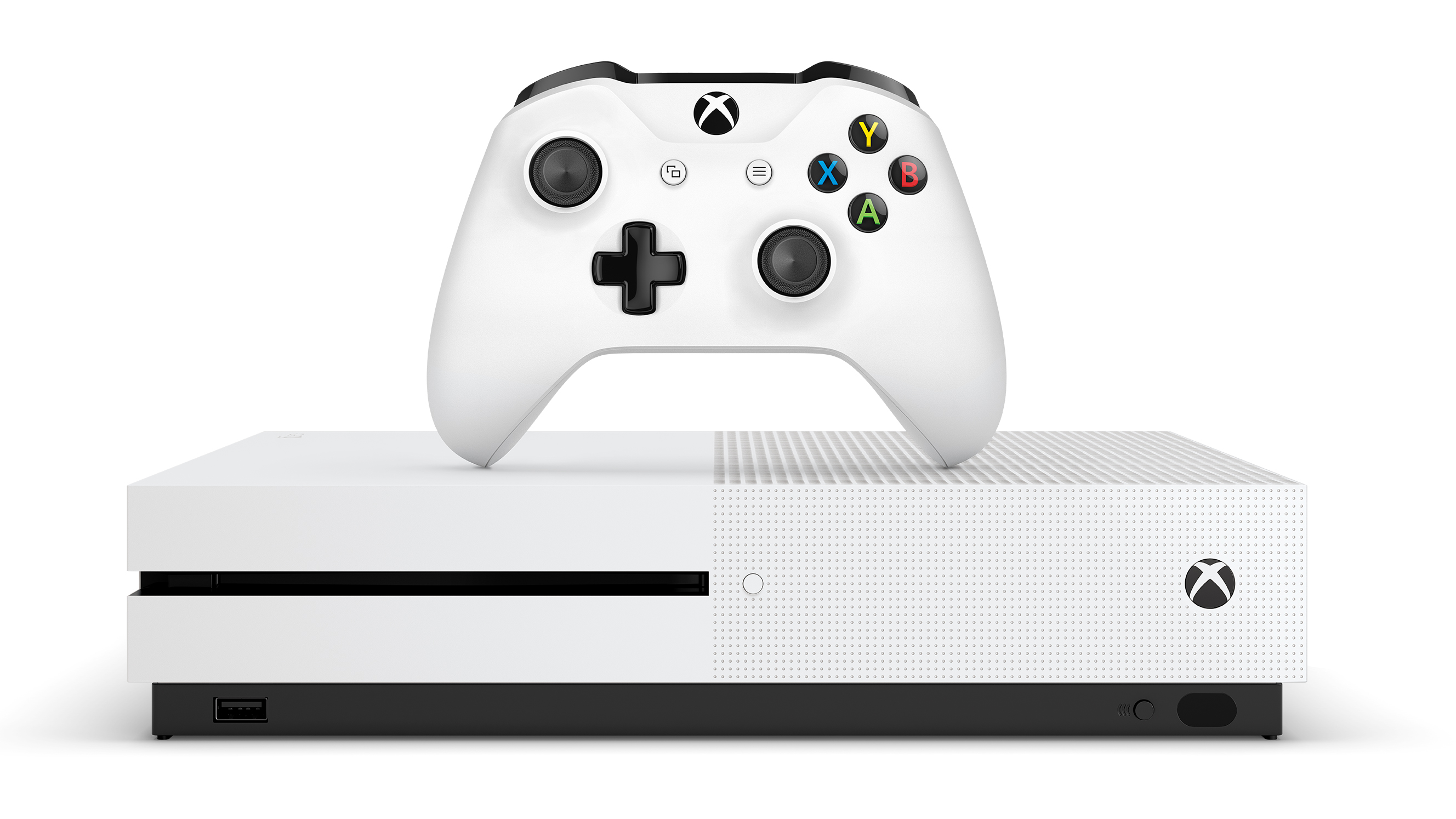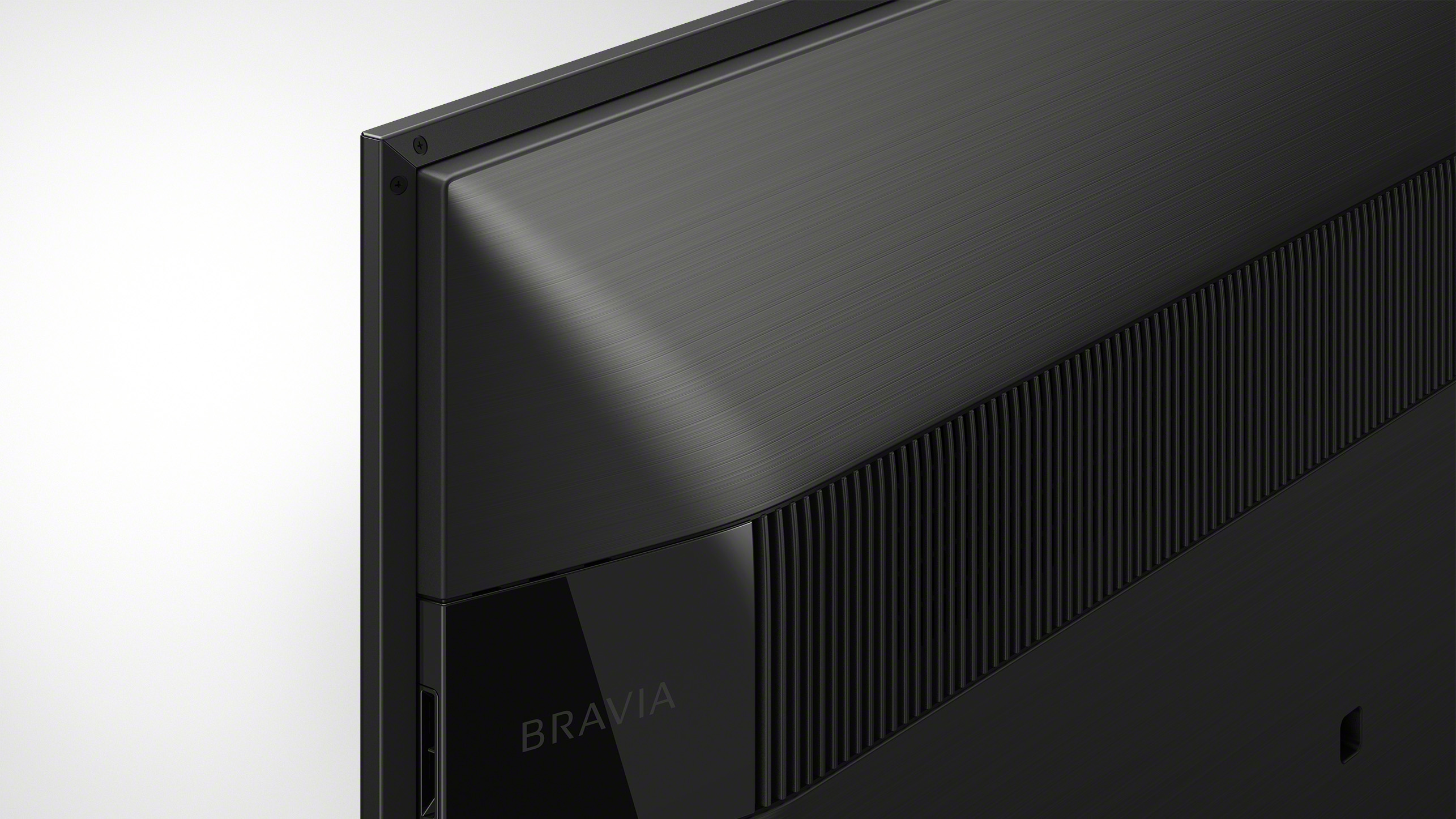The Umbrella Academy season 2 release date is set for July 2020 on Netflix. The first season of the quirky superhero show gave us a Wes Anderson-esque angle on the dysfunctional Hargreeves children that won the show a massive fanbase, and we can't wait to see how things pan out in The Umbrella Academy season 2.
The adaptation, from Gerard Way and Gabriel Bá, focuses on this eccentric superhero family who reunite to solve the mystery of their father's death, which snowballs into the small matter of (spoiler alert) averting the threat of the entire destruction of earth. Just everyday hero work, really.
While those working on the show have been tight-lipped in terms of story details about The Umbrella Academy season 2, we have an idea of the direction of the series following (unconfirmed) episode title leaks, but we're still waiting to officially now 'when' in time the family are, given that they need to travel back in time to save Earth - more on that below.
Here's everything we know about The Umbrella Academy season 2, including its release date.
- The Witcher season 2: release date and everything we know
- Stranger Things season 4: what to expect from the sci-fi drama's return
- The best Netflix shows
The Umbrella Academy season 2 release date: July 2020
The Umbrella season 2 release date has now been revealed as July 31, 2020. Here's the extremely unusual filmed-at-home trailer confirming it:
The Umbrella Academy season 2 was confirmed by Netflix in April 2019 and shooting wrapped in November 2019. The post-production of the show has since been worked on remotely.
Showrunner Steve Blackman said it takes about 18 months to make a season, which – given that season one debuted on February 15, 2019 – means the July release date for The Umbrella Academy season 2 makes perfect sense.
There's no full trailer for The Umbrella Academy season 2 yet.
Are these The Umbrella Academy season 2 episode titles?
Following a leak on the WGA website (via Bleeding Cool), we may now have an idea of the episode titles for season 2. Naturally you should look the other way if you want to avoid spoilers, but know that we can only take these with a pinch of salt for now. Regardless, these are the leaked episode titles in no particular order, and the writers who may have worked on them:
- 743: Bronwyn Garrity, Roberto Askins
- A Light Supper: Aeryn Michelle Williams
- OGA for OGA: Nikki Schiefelbein
- Right Back Where We Started: Steve Blackman
- The End of Something: Steve Blackman
- The Frankel Footage: Mark Goffman
- The Majestic Twelve: Bronwyn Garrity
- The Seven Stages: Mark Goffman, Jesse McKeown
- The Swedish Job: Jesse McKeown
- Valhalla: Robert Askins
When it comes to 'when' our heroes will be, 'Right Back Where We Started' implies that the team will be returned to their teenage selves, as was heavily hinted at the end of season 1. Potentially more interesting is 'The Majestic Twelve': could we be meeting more superheroes for season 2? Either way these are just leaks so far, so they are certainly subject to change.
The Umbrella Academy season 2 teased by Netflix: 'when are they?'
A long sequence of posters on Twitter have teased the coming of The Umbrella Academy season 2. It's likely a trailer and release date are imminent. The poster reads 'when are they?'
That's because, after all that funny business with Vanya and the moon, Five transported him and his mates through time, but to an unspecified point. Numbers One (Luther), Two (Diego), Three (Allison), Four (Klaus), Five, Six (Ben), and Vanya (Seven) each get one of these psychedelic posters, but where and when the group are in the temporal ether remains unanswered. Hopefully the highly-anticipated first trailer will bring us closer to answers.
Cut to the chase
- What is it? The second season of Netflix’s big-budget adaptation of Gerard Way and Gabriel Bá’s Dark Horse graphic novel series about a superpowered family.
- Where can I watch it? Like the first season of The Umbrella Academy, season 2 will be available exclusively on Netflix.
- When can I watch it? This is still TBC, but it’ll almost certainly land at some time during 2020.

The Umbrella Academy season 2 story: what we expect
Right now, that’s the big mystery, because everyone connected to the show is playing their cards very close to their chests.
It’s fairly safe to say, however, that the series will pick up directly after the end of season 1, where Number Seven/Vanya (who, unbeknownst to her family, had superpowers all along) blasted a chunk off the Moon – inadvertently causing the destruction of planet Earth. The teleporting Number Five saved the Hargreeves siblings by transporting them to another time – in the process reverting them to their teenage selves.
“The truth is, we don't know where they are,” returning showrunner Steve Blackman told The Hollywood Reporter back in February 2019. “We don't know what happened to them. I wanted this to really be the best of cliffhangers, in that you're like ‘Wait, what? What happened?’ It gives us a lot of openness and legroom to tell the best story we can. But the apocalypse is not solved. They did not save the world, which is a slight alteration of the comic. To me, it was the right Netflix cliffhanger. You really want people to go into the off-season saying, ‘I gotta know what happened’, and that will be revealed when you see season two.”
All very mysterious – at least we know that the first episode of The Umbrella Academy season 2 will be called “Right Back Where We Started”.
While the TV show made a dramatic change from the comic book storyline because the Hargreeves siblings didn’t save the apocalypse, the show’s writer’s room is still using Gerard Way and Gabriel Bá’s graphic novels as a blueprint for the series. That means, there may be some clues in there – for example, it won’t be a surprise if The Umbrella Academy season 2 sees Number One/Luther dealing with depression, in the wake of revelations about his father’s decision to send him to the Moon for four years.
“The goal is not to diverge [from the graphic novels],” Blackman told Indiewire. “Not everything translates from the graphic novel page to the screen, but there’s a legion of fans and I want to bring in a whole new legion of fans who’ve never read the graphic novel, so the goal is not to just go off in our own direction.”
And Gerard Way (arguably more famous for his other job as My Chemical Romance’s frontman) is keen that the planned eight-part graphic novel arc he’s writing with Bá’s should keep setting the agenda – nobody involved wants the show to overtake the source material as Game of Thrones did George RR Martin’s novels.
“The goal for us is to stay ahead of the show,” Way said in the same interview, “and since we’re on series three [of the comics], we are now ahead of the show.”
And in case of emergency, Way and Bá have assembled an 18-page roadmap for Blackman and the rest of the writing team so they know where everything’s going.

What questions does The Umbrella Academy season 2 need to answer?
The mystery of Vanya/Number Seven’s apparent lack of powers may have been solved, but The Umbrella Academy season 1 finale left plenty of threads dangling still to be explored.
Crucially, we know that on October 1, 1989, 43 women gave birth simultaneously. We’ve met seven of them, but what happened to the other 36? Surely we’ll be encountering more superpowered 30-somethings in season 2.
Then there’s the mystery of Sir Reginald Hargreeves, the superpowered siblings’ adoptive dad. The flashback in episode 10, “The White Violin”, suggests he may have come from another planet, but how did he end up on Earth? And how was he so certain about the impending apocalypse that he was prepared to kill himself to reunite his kids to save the world?
We’ve also got questions about the true extent of Klaus/Number Four and Vanya/Number Seven’s powers, and how spiritual, tentacle-wielding sibling Number Six/Ben lost his life. And we’d really like to know more about The Handler and her timeline-managing Temps Commission.
And if you had the question "will season 2 be sound mixed or edited?", we can confirm it's the former. Even the coronavirus won't stop every last peep in The Umbrella Academy being curated by hand.
Umbrella Academy season 2 cast: who's in the show?
Although they’ll presumably be starting out in their teenage incarnations, the grown-up versions of the Hargreeves siblings are all back in action in season 2.
That means returns for Tom Hopper (Number One/Luther – ability: super strength), David Castañeda (Number Two/Diego – ability: controlling the trajectory of projectiles), Emmy Raver-Lampman (Number Three/Allison – ability: can make people do anything she tells them to), Robert Sheehan (Number Four/Klaus – ability: talks to the dead), Aidan Gallagher (Number Five – ability: teleporting/time travel), Justin H Min (Number Six/Ben – ability: weird tentacle things) and Ellen Page (Number Seven/Vanya – ability: initially nothing, then everything).
This Instagram post shows five of them having an on-set family reunion:
Three newcomers to the cast have also been announced – and seeing as they’re all the right sort of age to play 30-somethings, we reckon they could be members of that exclusive club of 43 superpowered sprogs born on October 1, 1989. The official Umbrella Academy Twitter account has this to say about them:
Lila (played by Ritu Arya)
- A chameleon who can be as brilliant or as clinically insane as the situation requires.
- Unpredictable, mischievous, sarcastic.
- Twisted sense of humour.
Raymond (played by Yusuf Gatewood)
- Born leader and devoted husband.
- Has the smarts, gravitas, and confidence to never have to prove it to anyone.
- Has the innate ability to disarm you with a look.
Sissy (played by Marin Ireland)
- Fearless, no-nonsense Texas mom.
- Married young for all the wrong reasons.
- Eager to rediscover what life and love has to offer.
And this is yet to be confirmed officially, but the timeline-hopping storyline means the apocalypse surely won’t have meant the end for time-travelling assassins Cha-Cha (Mary J Blige) and Hazel (Cameron Britton), or their boss The Handler (Kate Walsh).
And somewhere between time travel, flashbacks and Klaus’s ability to talk to the dead, there should be numerous routes back for the deceased Sir Reginald Hargreeves (Colm Feore), the siblings’ android Mom, Grace (Jordan Claire Robbins), and chimpanzee assistant Pogo (Adam Godley).
Bring on season 2
The end of the Marvel shows on Netflix might be a blessing in disguise. Marvel Studios now controls all live-action versions of its characters, and it's seemingly pushed Netflix to adapt some more unusual superhero fiction. As well as The Umbrella Academy, the streaming service also has adaptations of comics by Kick-Ass creator Mark Millar on the way (which will be a very different proposition).
Being based on a non-Marvel comic clearly didn't hurt The Umbrella Academy's popularity at all. Let's hope we see many more seasons of it.

